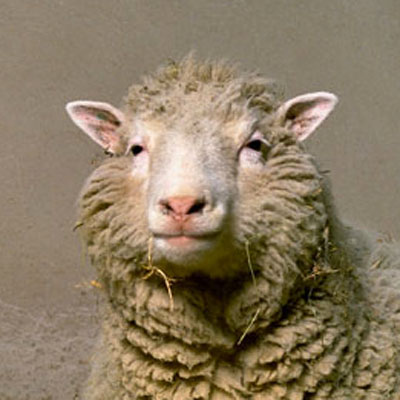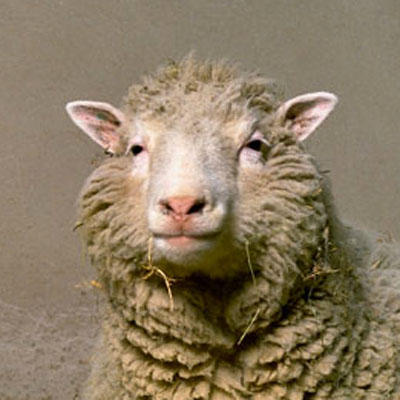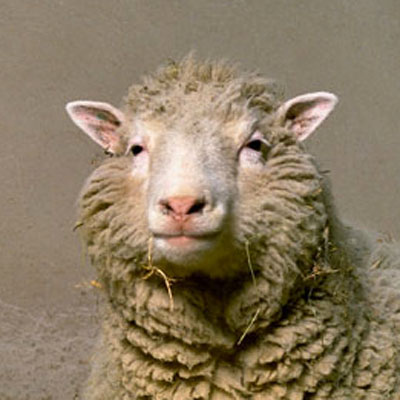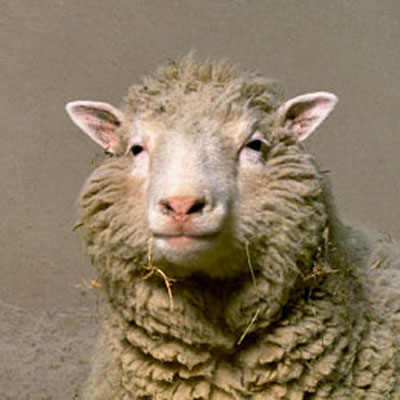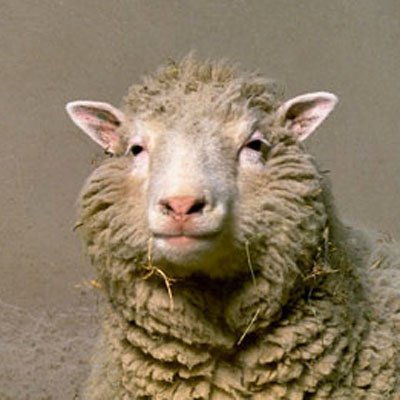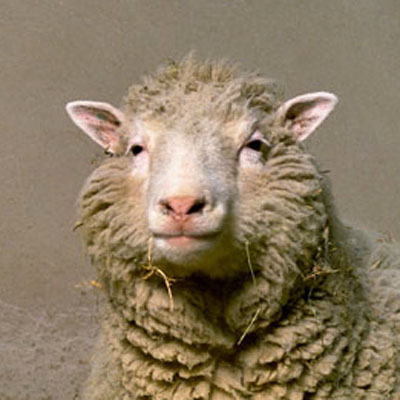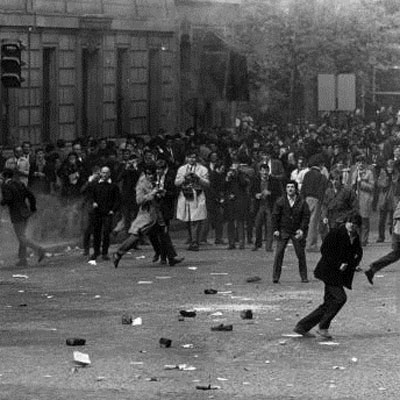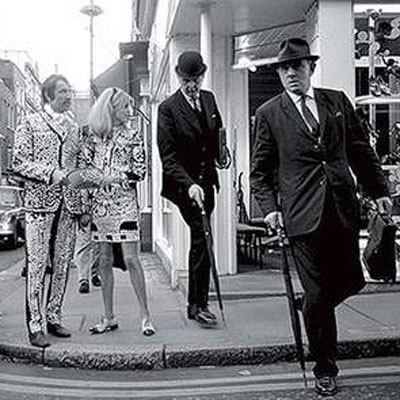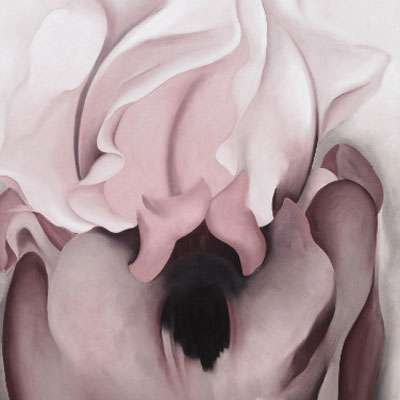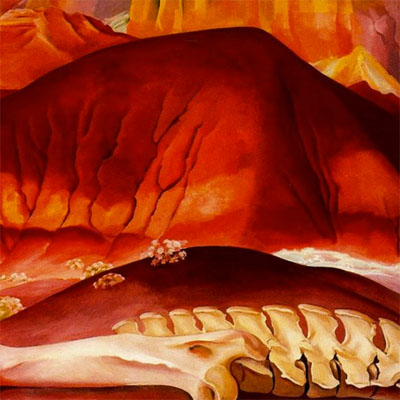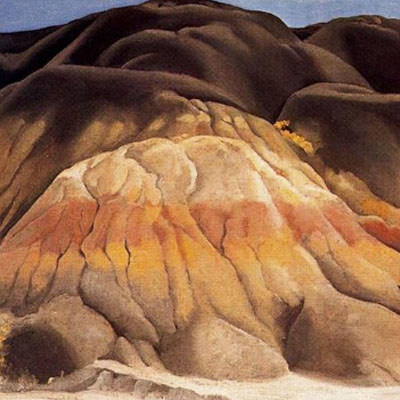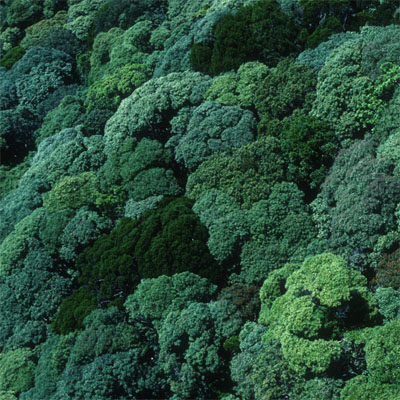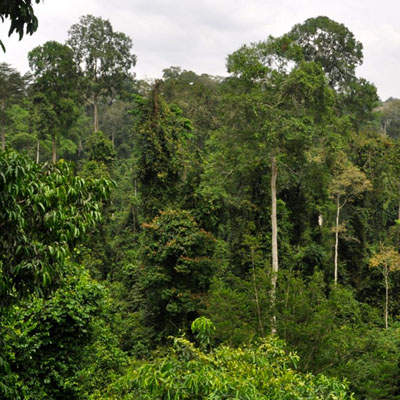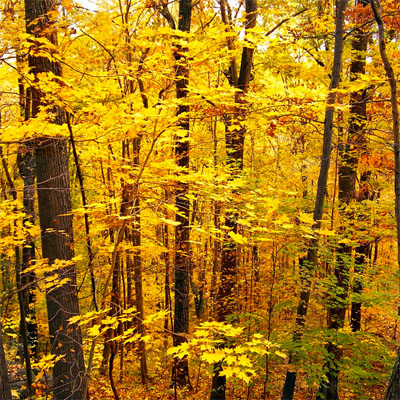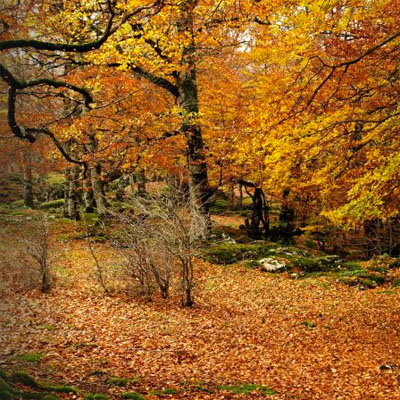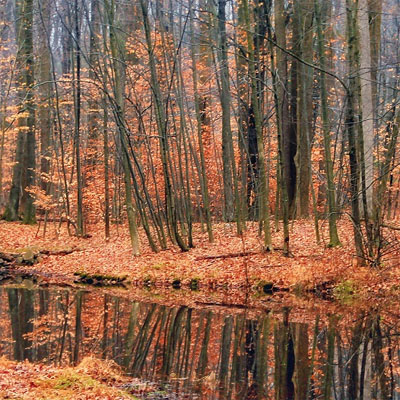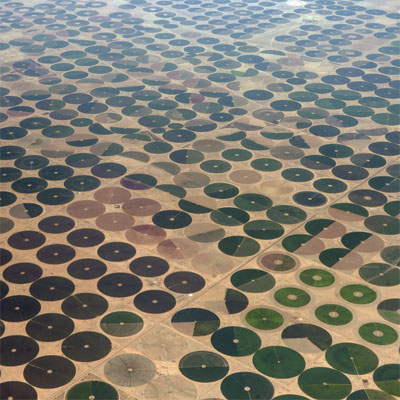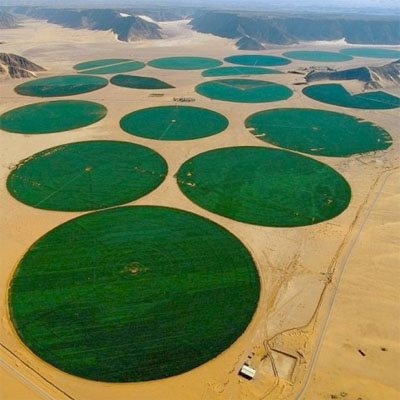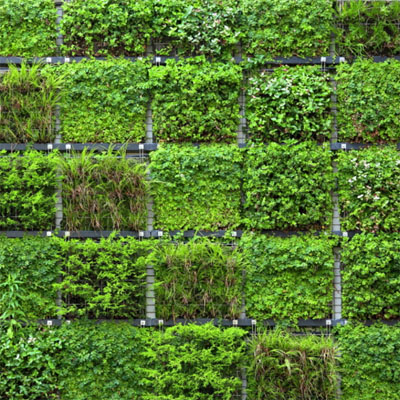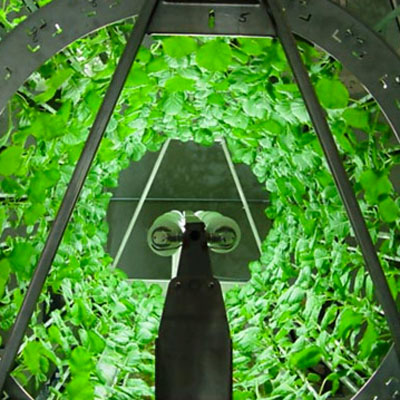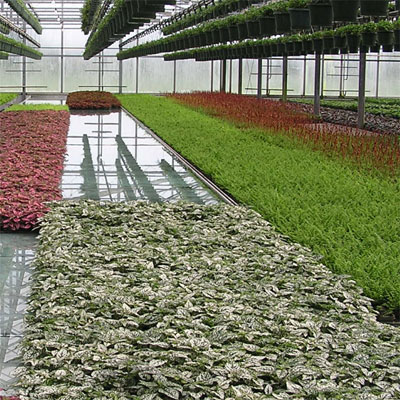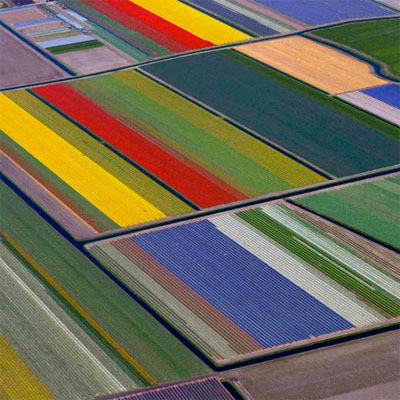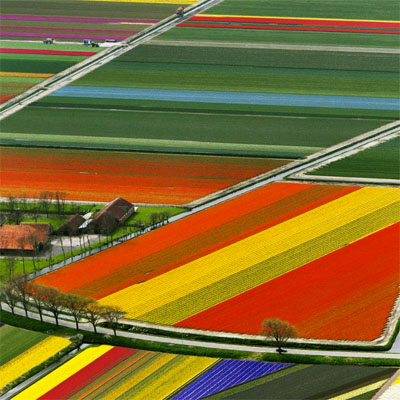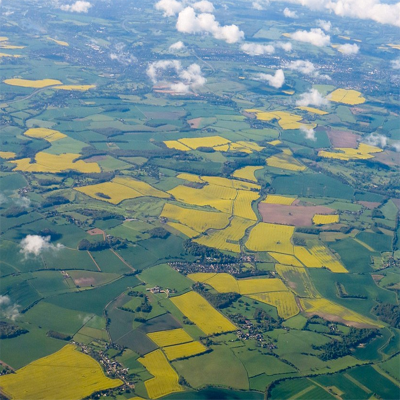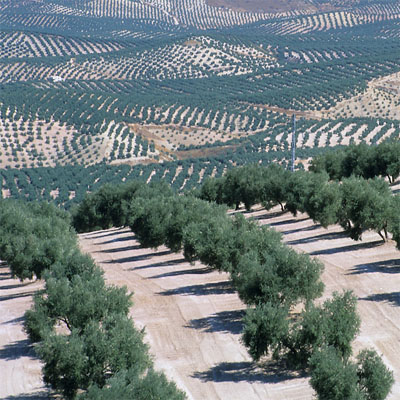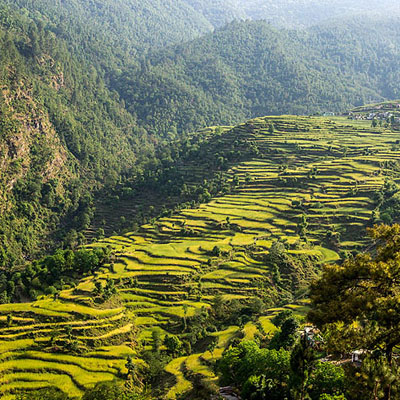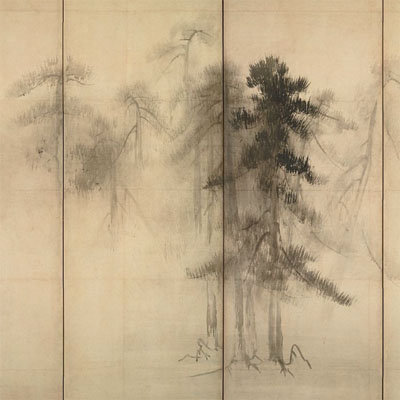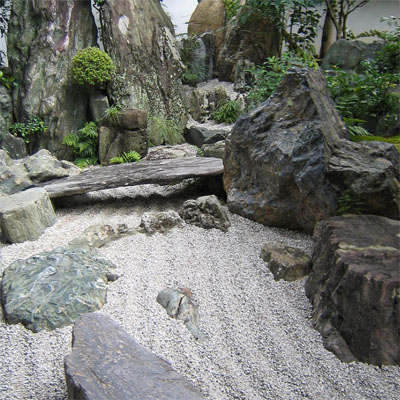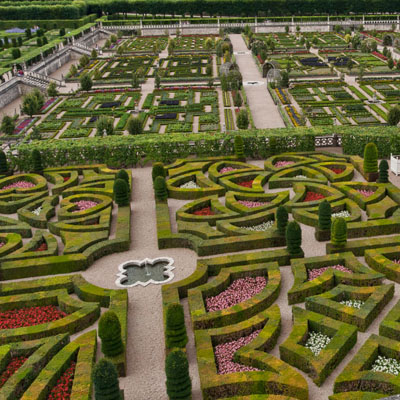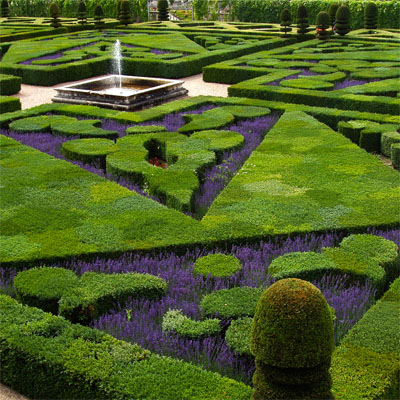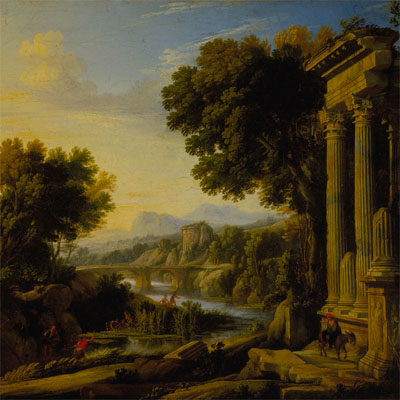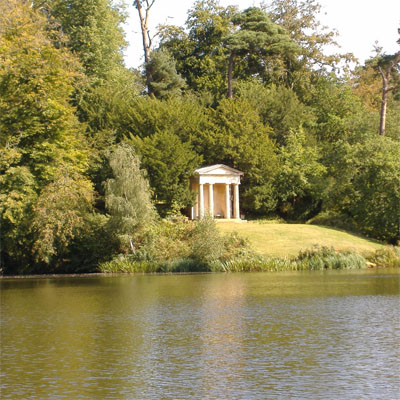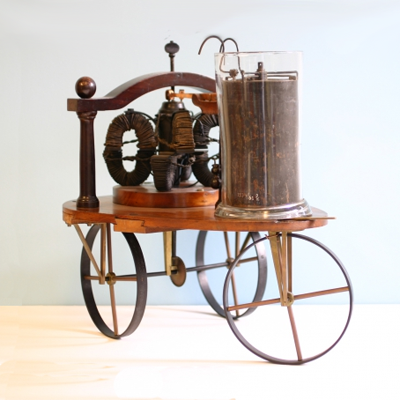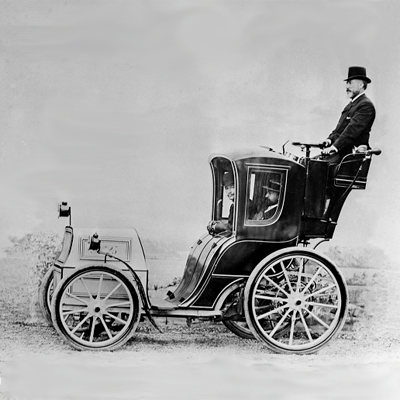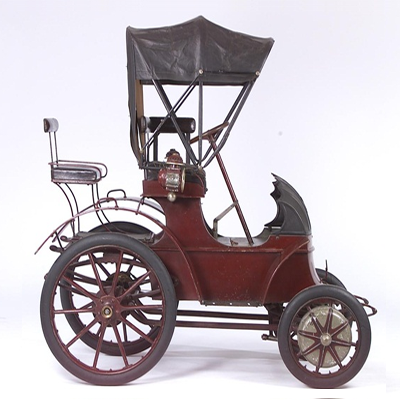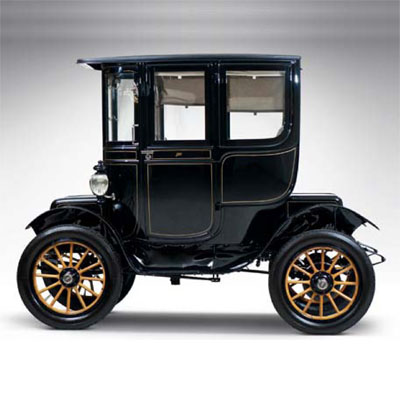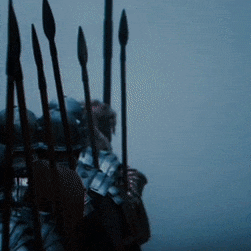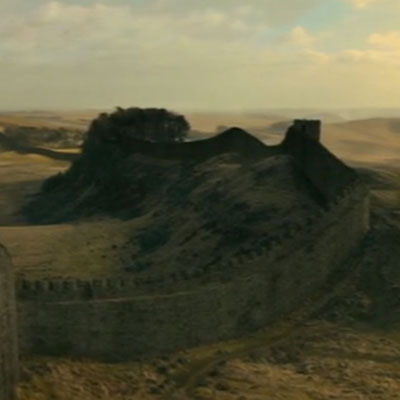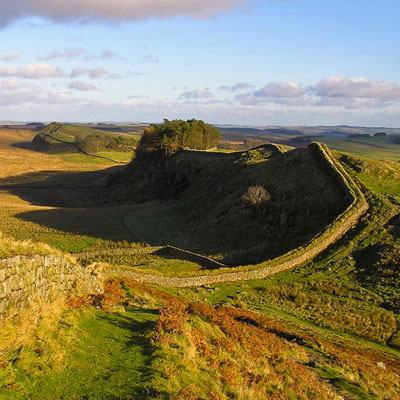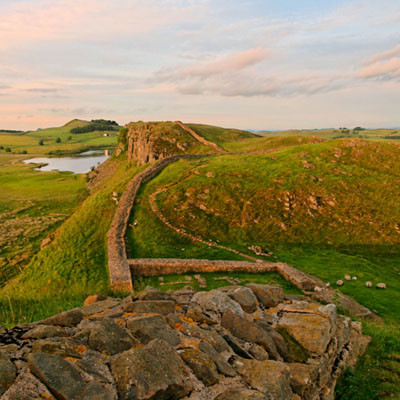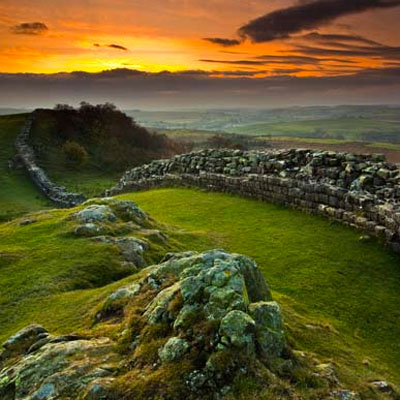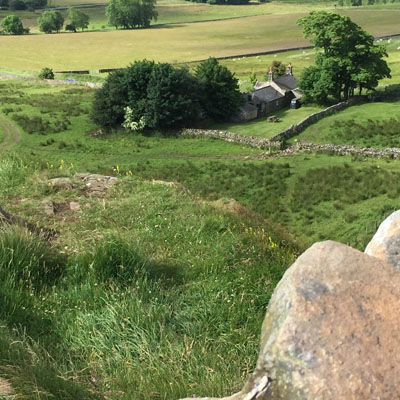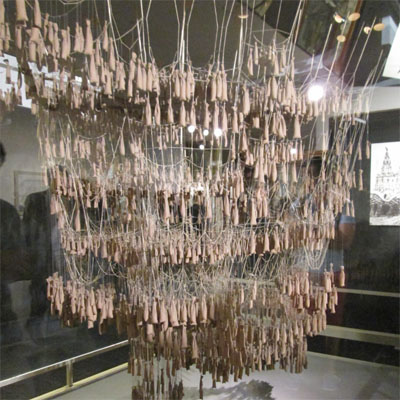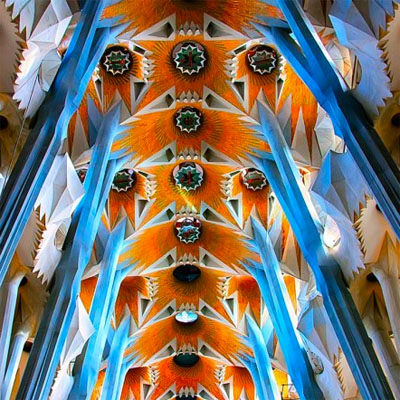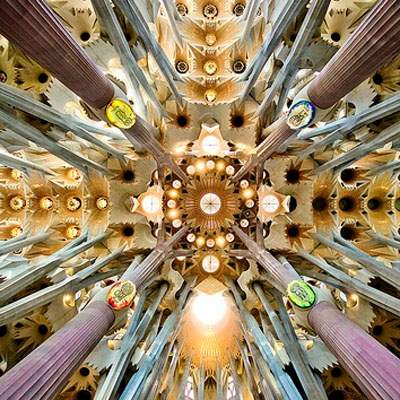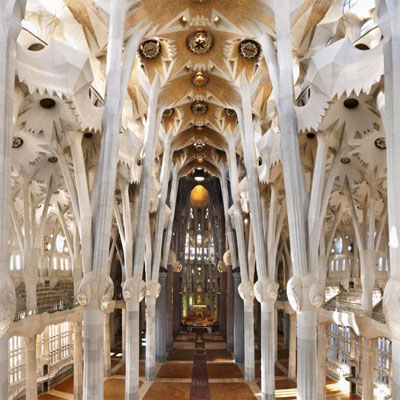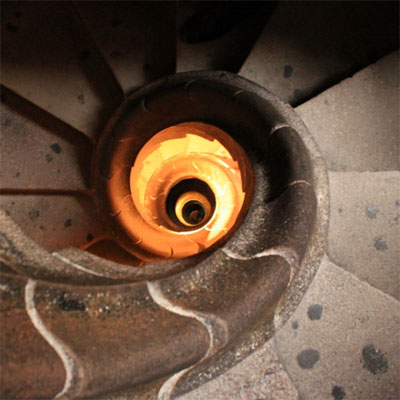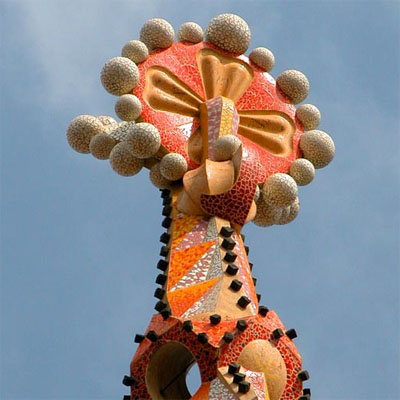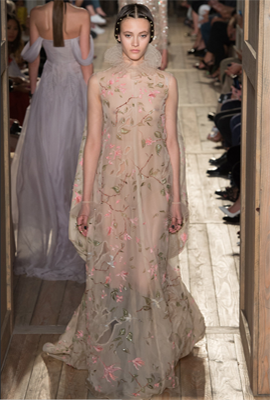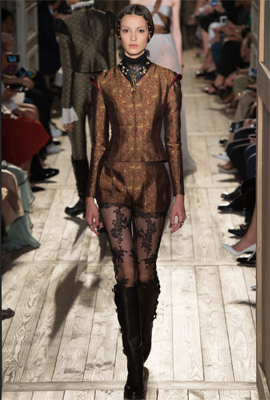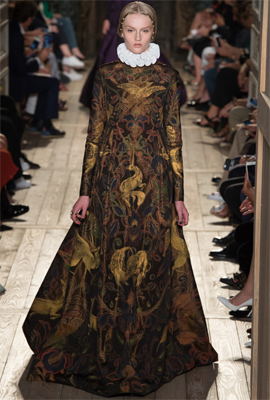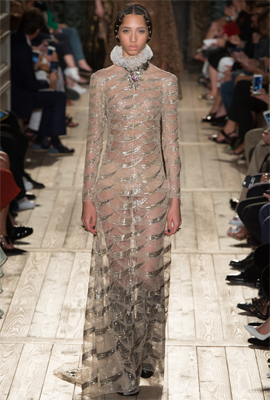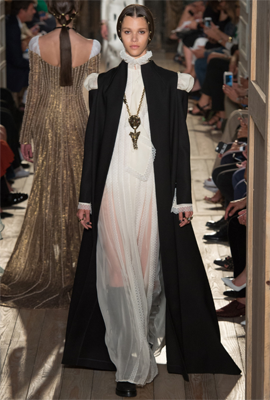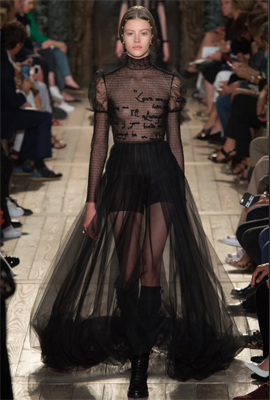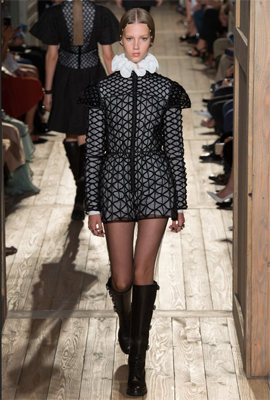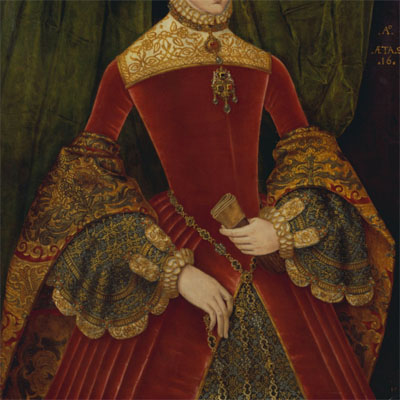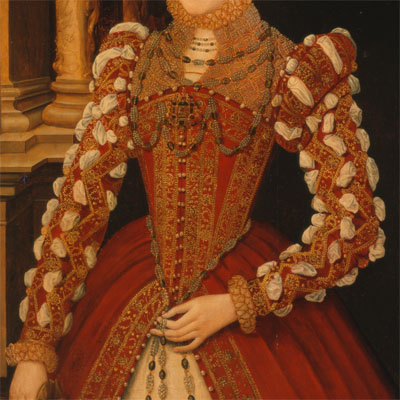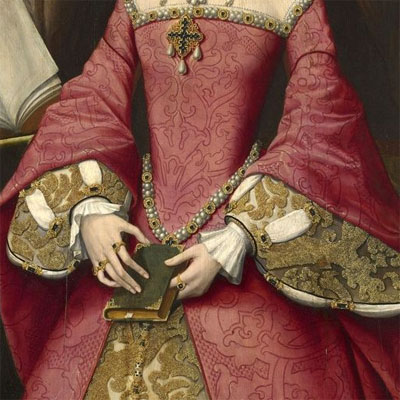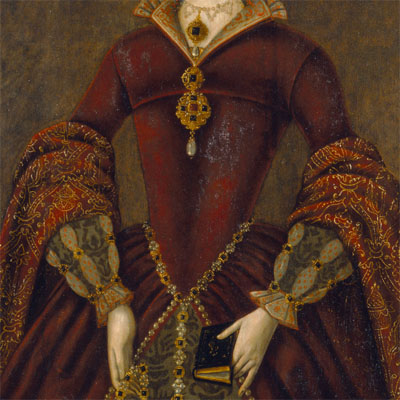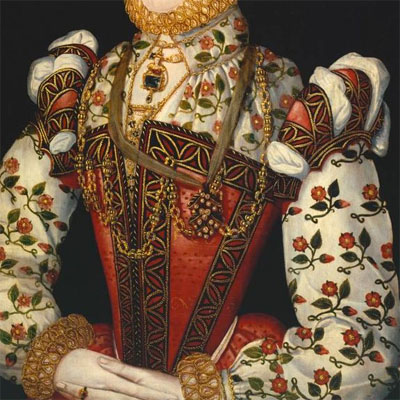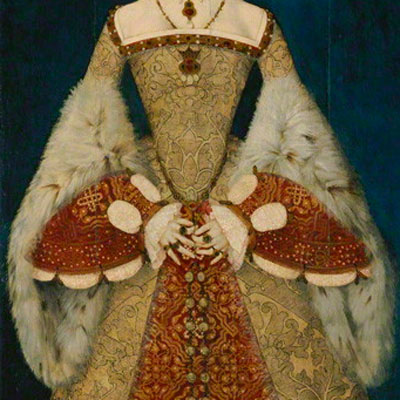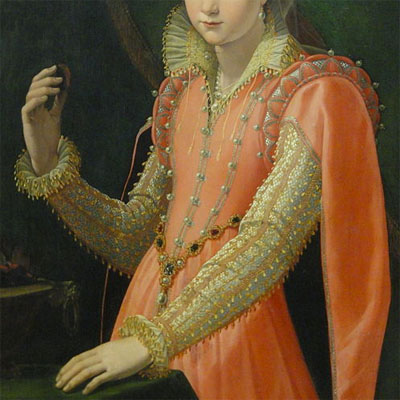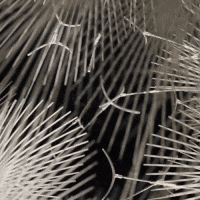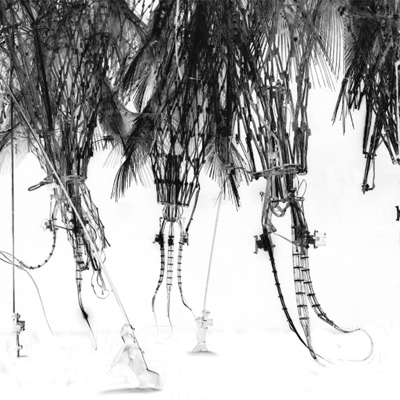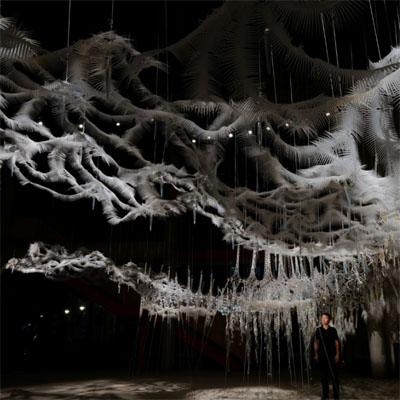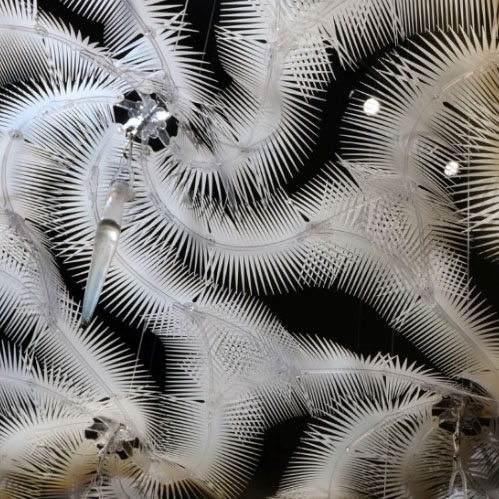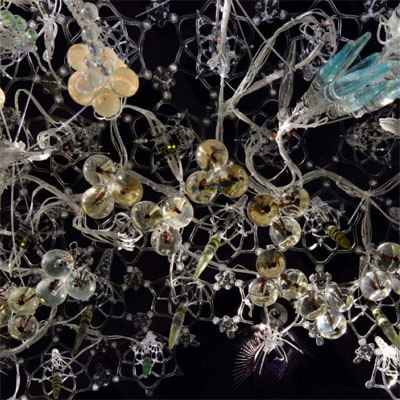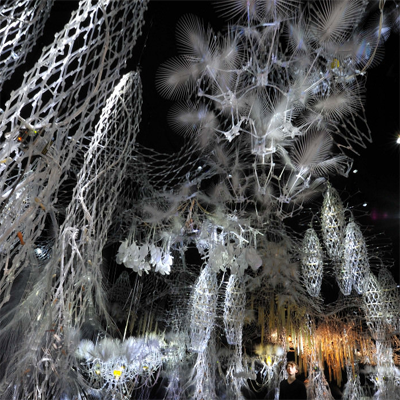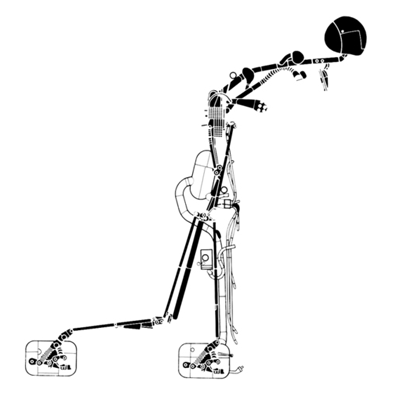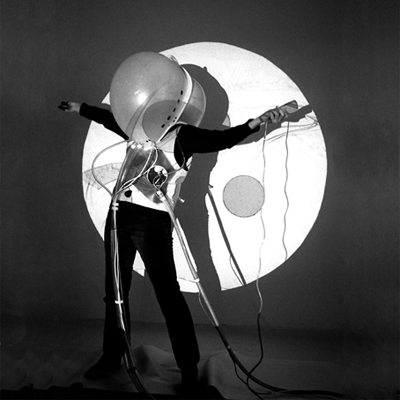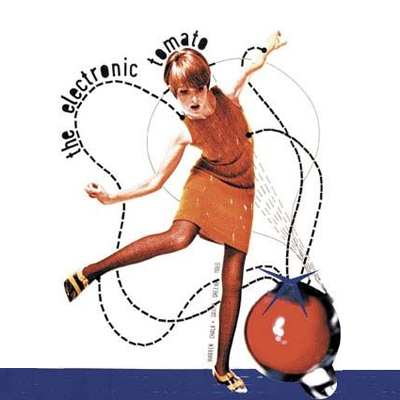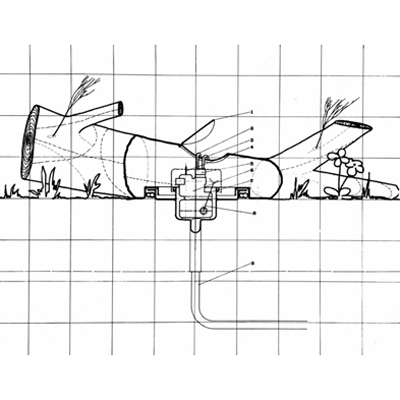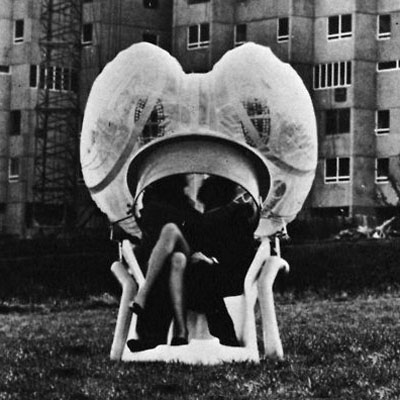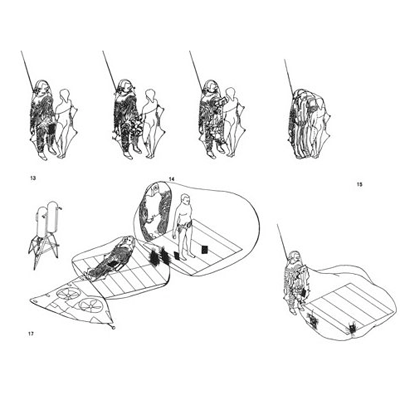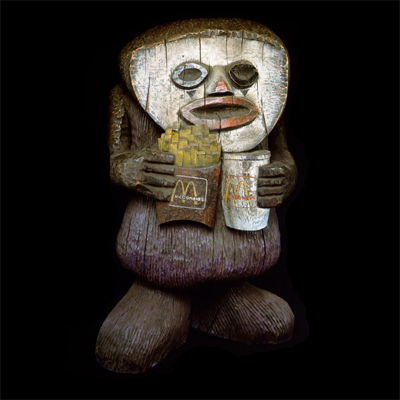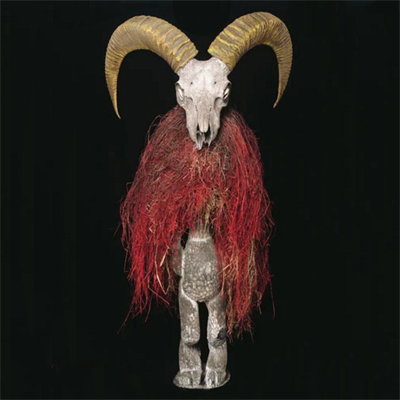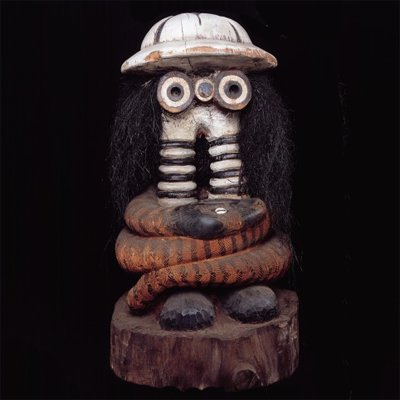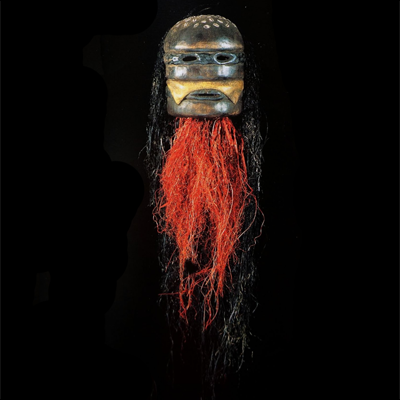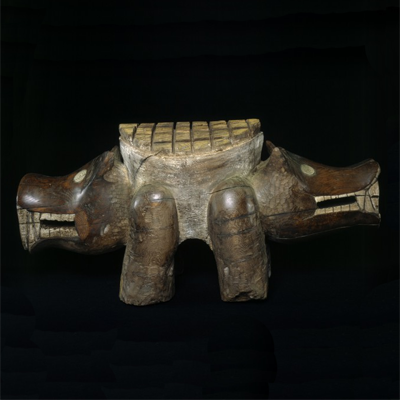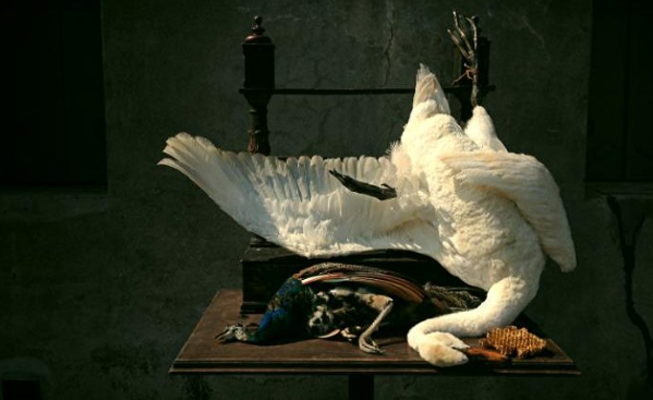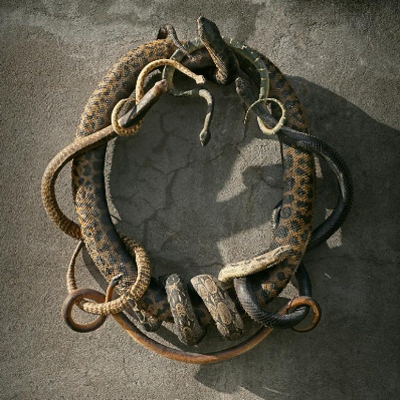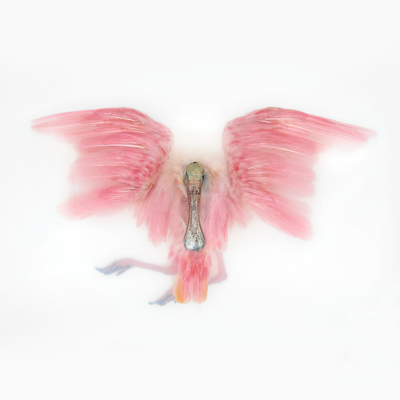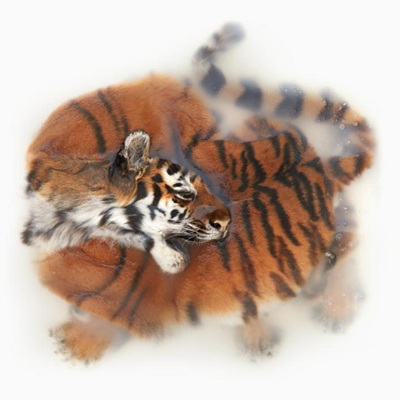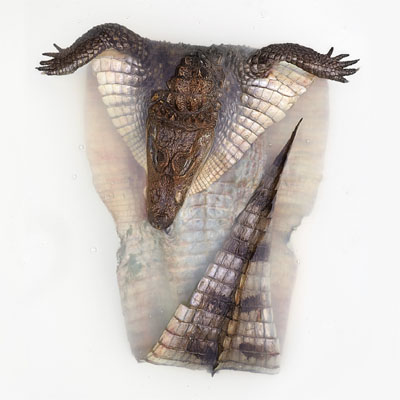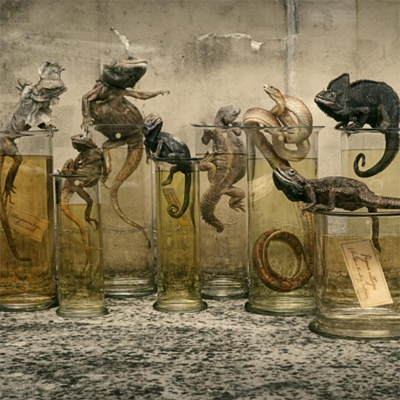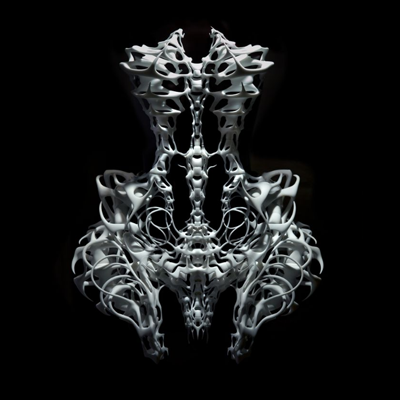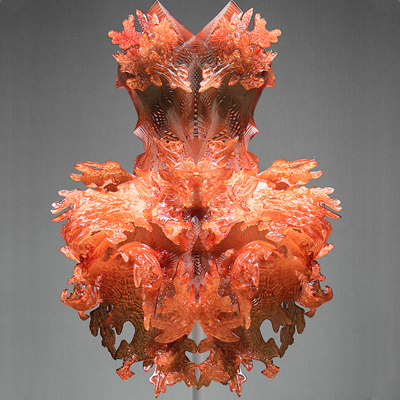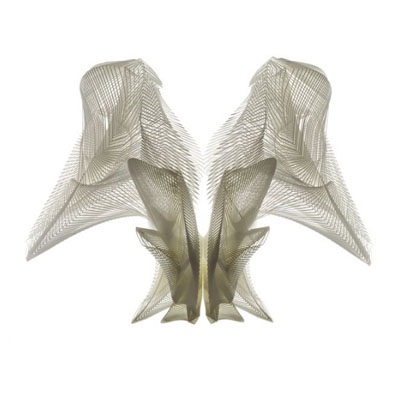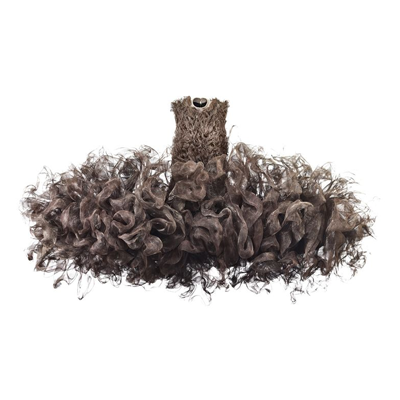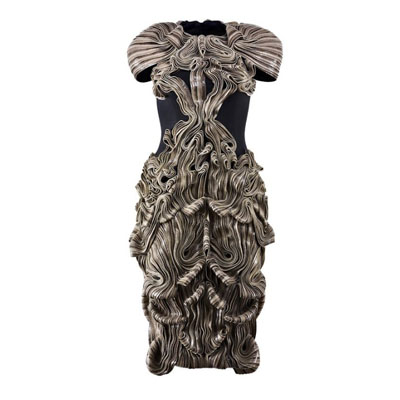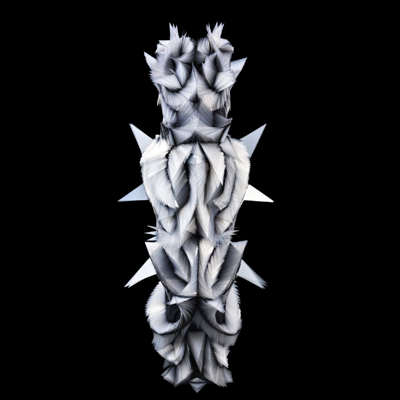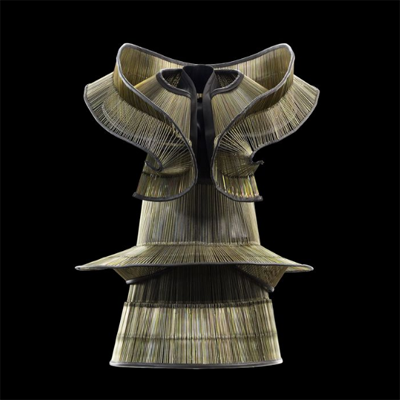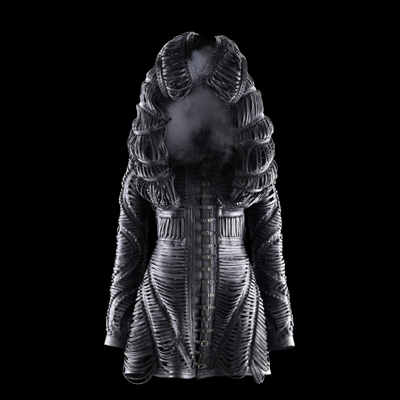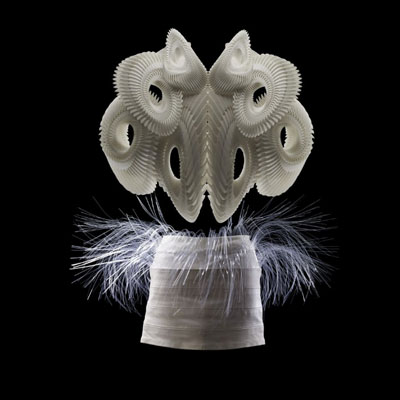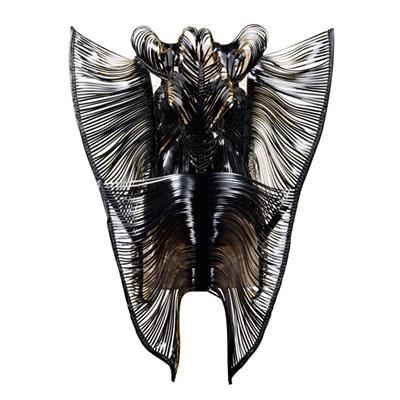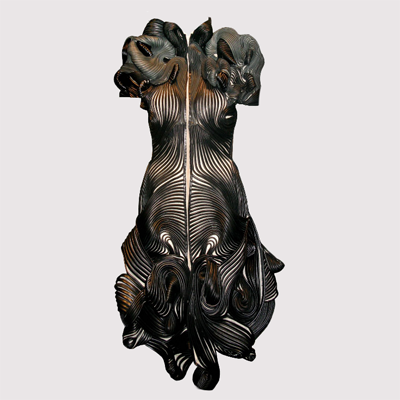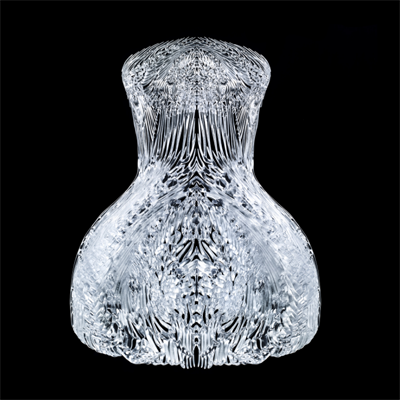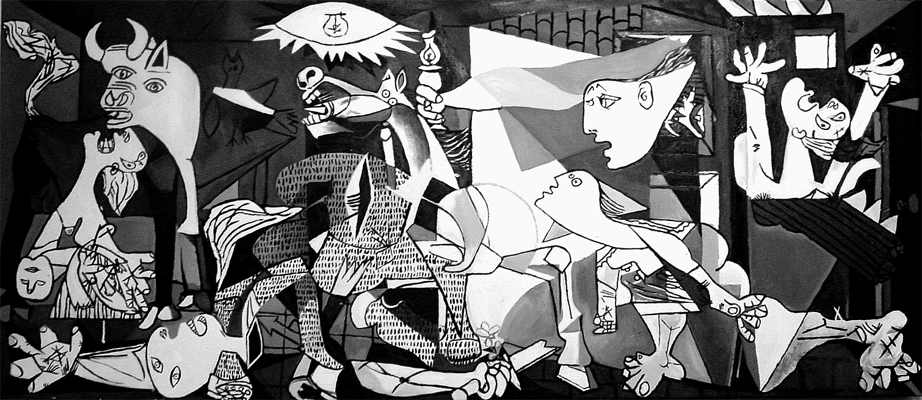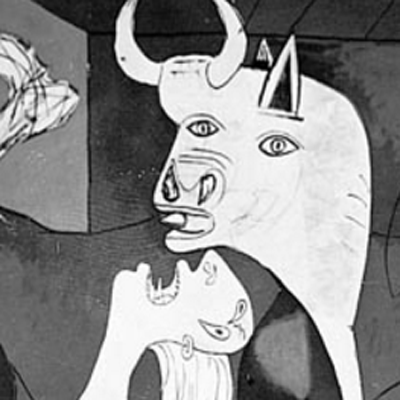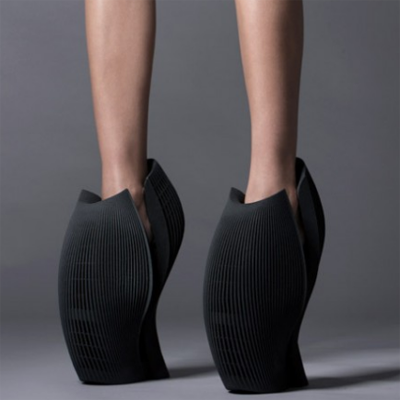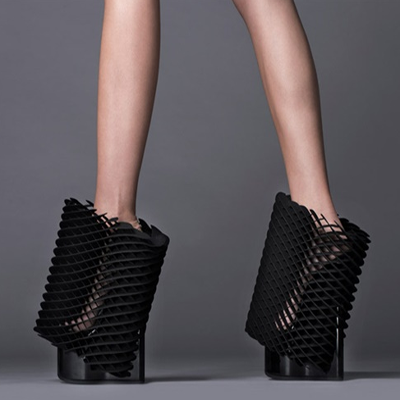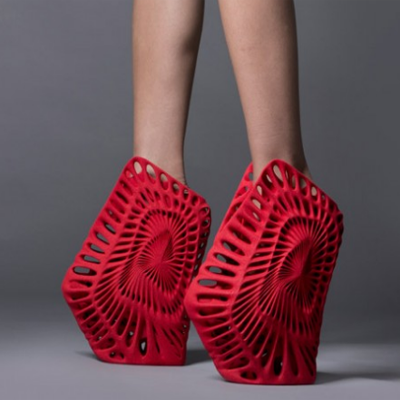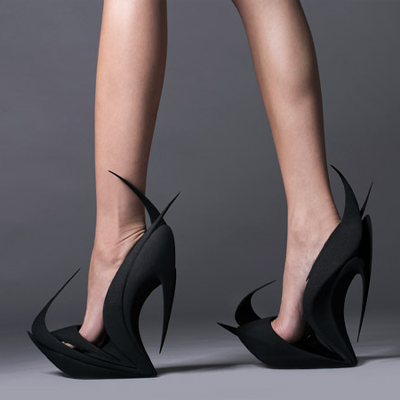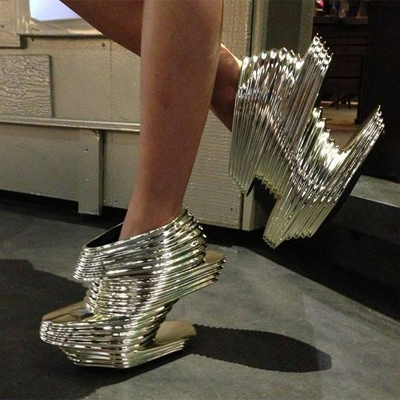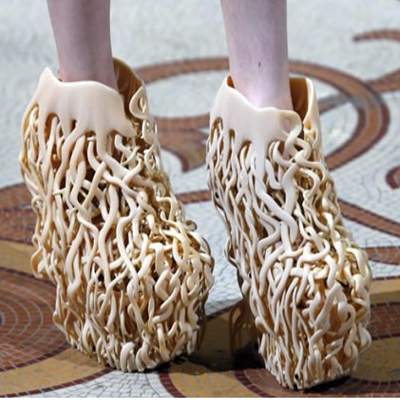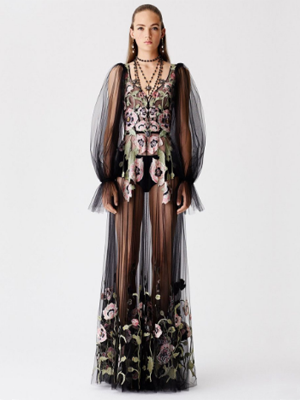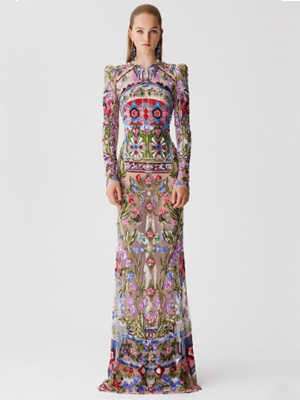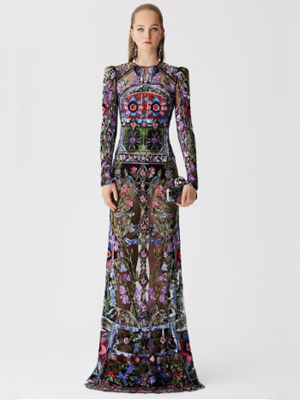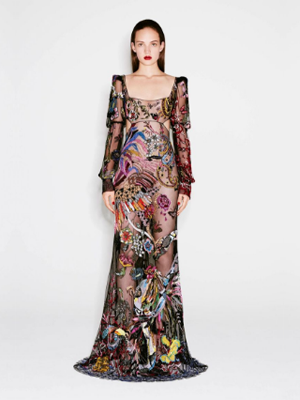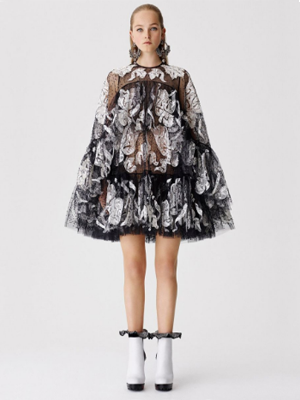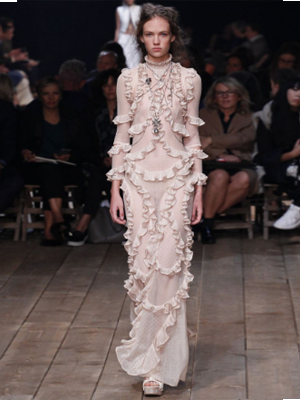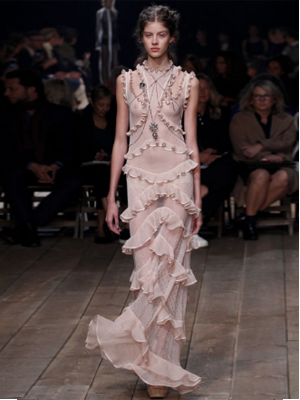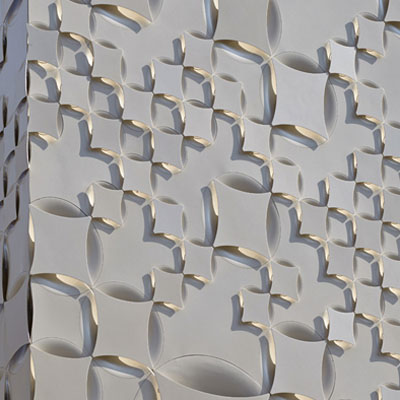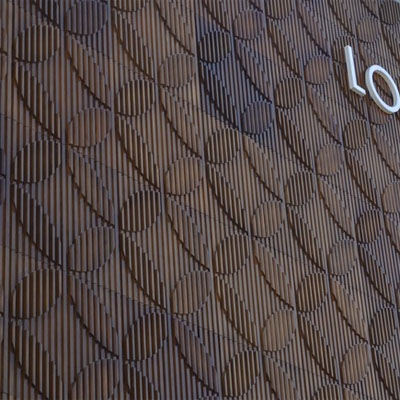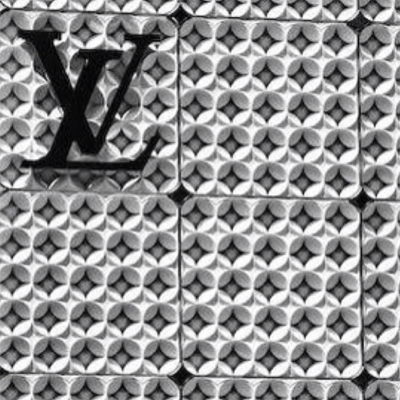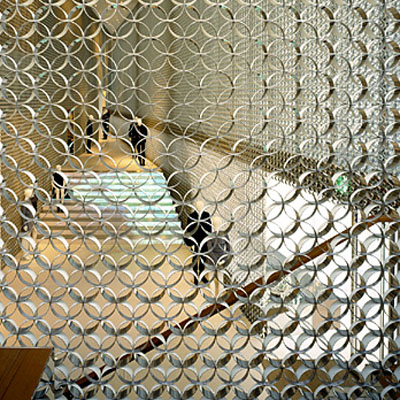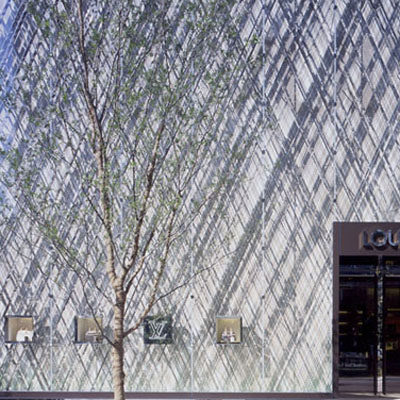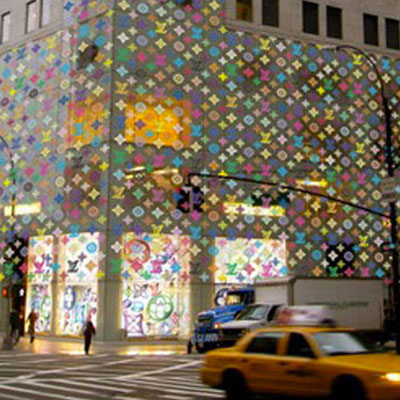160916 – Dolly – London
> words
I recently read a science fiction book in which the earth had been destroyed by a meteorite. Just before impact a Noah’s Ark’s library of species were sent into space where they were kept in a cryogenic state until the earth was ready for rehabilitation. The book covered multi millenniums of attempted regeneration of the earth with each successive attempt failing to maintain any permanence. In the most interesting of these attempts at terraform earth, man had evolved into a species without gender and with a collective memory. It was assumed that once man had prevented all illnesses including aging and was able to live for several hundred years biological need to reproduce would be lost. The laboratory provided new borns from cells preconditioned to resist known disease and illness. Over periods of evolutionary time the human race lost its gender and as there was increased similarity amongst new borns humans gained a collective memory. What was learnt by one human was immediately learnt by its closest relatives and offspring. This enabled humans to make collective decisions on issues of importance.
I once had a garden in which I grew a flowering hedge. I started with one plant and would take cuttings to grow the full hedge. The process was very quick and lacked any skill. The Hibiscus Rose of Sharon is a hardy and prolific plant. What I didn’t know at the time was that I had successfully performed cloning of a species at a 99% success rate on multiple occasions. The plants were clones as the male female reproductive route had been avoided and the DNA structure of each plant was genetically identical to its parent. I had created a hedge of perfect DNA cloned replicants. In horticulture, cloning is a natural form of reproduction and some species have used it for over fifty thousand years, blueberry plants and hazel trees replicate asexually with fragments breaking off of an individual plant to grow on and become clonal colonies. Humans have cultivated cloned plants for at least two millennia. Grapes and olives are known to have been cloned this way with their descendants still alive and producing today. Horticultural cloning raises few eyebrows but cloning of mammals is not met with as much acceptance.
Code name 6LLS or Dolly the sheep was the first mammal cloned from an adult somatic cell. She was born on 05.07.1996 and had three mothers, one provided the egg, one the DNA and one carried the embryo. Dolly lived a fairly normal sheep life and went on to have many lambs through sexual reproduction. Dolly is the most famous cloned mammal as she was the first but many large mammals have been cloned since her birth. Dolly was the only success out of 277 attempts to clone a sheep back in 1996 however by 2016 the Korean company Sooam Biotech was producing 500 cloned embryos a day with an 80% plus success rate. It is now possible to clone mammals without the use of an embryo directly using pathenogenesis. In many Asian countries cloning livestock is an accepted way of maintaining food supply although the subject is still taboo in the west. So why is mammal cloning a taboo subject and what is holding up scientific progress in this area. Religion and conservatism play their parts but the main fear is not that of replication but that of improvement.
Cross breeding of plants (not strictly cloning) has existed for millennium, selective cross pollination to create stronger cereal crops has continued since we first ploughed a field. Larger, sweeter fruit, winter hardy vegetables, faster growing, two harvests a year crops, forever more diverse flowers, all accepted. Horses, dogs, cattle, canaries and numerous other mammals crossbred to produce stronger, faster, heavier, more colourful derivatives all also accepted. Genetically modified crops (GMC) are plants that have had their DNA engineered usually with emphasis on a particular trait, speed of growth, resistance to disease, nutrient profile and longevity post harvest etc. GMC’s again are met with resistance and yet in the US 93% plus of all cotton, soya beans and corn have been genetically modified. Genetically modified mammals are again taboo and are mainly still laboratory experiments.
The concept of cloning mammals and that of genetically modified mammals cannot be separated and are the obvious stepping-stone to the creation of cloned humans. There have been numerous films about human cloning and most adhere to the following themes. The cloned workforce or army used for those unwanted jobs like asteroid mining, intergalactic wars and the like. In these the clones usually rise up with intent to destroy the human race although this is subverted in the films Moon and Oblivion. Another genre would be that people are cloned for spare parts, the film Never Let Me Go is a disturbing version of this type. Lost lovers have been cloned as in the film The Womb, Spies have been cloned the film Imposter comes to mind. The moral dilemma of ‘is a clone human’ is often tackled, the film The Island as example. The eugenics of Hitler’s Master Race or The Brave New World of Aldous Huxley adds that touch of fear where man plays god as controller and dictator. The film Gattaca offers a modern interpretation upon this theme and this interpretation may be near to the eventual development of human cloning.
We all wish to be better than we are, to have better health, a higher IQ, increased longevity. When the human DNA sequence is fully understood and can be accurately engineered the market for these products will be considerable. Who would leave to chance through natural birth health conditions that could be removed from the reproduction process? Those that could afford to would immediately buy the best of everything and there is the first dilemma that access to capital has an evolutionary consequence (although one could easily argue that this has always been the case of capital structures and forced social systems). The second dilemma would be that of species diversity as ideas on aesthetics and preferences follow trends often dictated by media and markets. The third dilemma is the ecosystem in which the modified mammal, human or otherwise is introduced. Man has control of the individual product but not of the consequences of introducing that product into a balanced ecosystem.
If the body and the mind could be separated, the mind being software, memory, knowledge, the essence of what ‘I am’ and the body being hardware. The software could be reinstalled into the new cloned self each time the old cloned self reaches its renew date. Biological upgrades would be discovered on route for both hardware and software and a potential immortality would prevail. This increased longevity would be useful as mankind moves towards off world colonisation and space exploration. When human DNA is fully understood and can be coded, evolutionary strands will be first virtually modeled. The multi generation evolutionary timescale will be condensed into a few virtual research hours and the conclusions tested, accepted, adapted or rejected.
So here is my list of ingredients for my new cloned self. The body of Gisele Bündchen, the speed of Usain Bolt, the stamina of Mo Farah the agility of Simone Biles, the ability of Michael Phelps and the intelligence of Aum Amin. It would also be useful to add a dash of Warren Buffet assuming that wealth can be genetically encoded? Except of course like any new product it is probably best to wait for a couple of generations of product development to first iron out the many teething issues, flatulence, drooling, neural crash who knows? Then of course there is security, genetic hacking, Trojan sequencing not to mention the selling of fakes, a dubious discount market or post product updates. The genetic street markets in Blade Runner or new eyes in Minority Report have their call.
The Surrogate Twin
110916 – Revolution – V&A, London SW7
> words
You Say You Want A Revolution? Records and Rebels 1966-70.
The world goes Pop! Popular culture dominates this exhibition with far too much emphasis put on to pop music and the icons of the era as if they were heroic leaders of The Revolution. The exhibition is a crowd pleaser rammed with the over sixties complete with their ‘I was there’ smiles. Consumerism exploded into the new world and the throwaway culture that still exists today was heavily sold. Advertising and business were quick to recognise the market potential of popular culture and those of the Paris riots, Carnaby Street photo shoots or the crowds at Woodstock were swept up in the frenzy. People were sold what they wanted to be told and this in turn helped change the old order. The World Wars helped break the Edwardian hierarchies of class, society and business and the 1960’s offered a possible new direction. With radio and TV now widely available giving young people access to trends and information enabling the popular to become even more popular.
The 1960’s was a volatile decade of bi-polar excess. Mistrust amongst governments, The Prague Spring, The Vietnam War, The Space Race, segregation, with extremes of philosophy. Industry cranked up to sell anything anyway it could no matter what the consequences nepalm, DDT, Contergan. But each of these events had a counterpoint, The Sacred Spring, The Peace and Love movements, The US Civil Rights Act of 1964. What is key to all aspects of the 1960’s is that it has been documented, rationalised, examined and re-examined throughout the decades that followed and as such it has given mankind ample text to re-evaluate himself. One of the strongest images from the lunar landing was not that of the moon but of the earth from space. It was the first time that we saw just how unique and precious our planet is. The 1960’s was a catalyst for the on-going discussions on environment, gender, politics, apartheid, capitalism and protectionism these became the educational doctrines for the next two generations.
This is a large exhibition and on the day we viewed far too busy to access the small print. The exhibition continues through to the end of February 2017 so there is time for a re-visit when the through traffic has diminished.
Images from left to right
Moon Landing 1969, Paris Riots 1968, Segregation Memphis 1968, Vietnam War 1968, Carnaby St, Swinging 60s, Woodstock. Earth.
The Surrogate Twin
120816 – Sensuality – Tate Modern, London SE1
> words
I went to the Tate Modern to see the Georgia O’Keeffe exhibition with a pre-conceived idea of her work that of harmless and pleasing a kind of painterly lift music, distinctly background, the bedroom wall poster. The paintings are flat and have a pasty opacity, shadows are blended, ironed out to avoid all sharp edges, the surface wallows like ripples on a still pond. Distance is suppressed, with foreground and background given equal focus and intensity, the canvas filled equally from corner to corner. Yet I found the work surprisingly haunting for a range of unexpected and difficult to explain reasons.
Firstly it is not unlike the work of Giorgio De Chirico, those eternal melancholic empty spaces, the girl with the hoop crossing an empty piazza, the loggia curtain blown open somehow without wind, the endless silence, the breath drawing stillness. Here instead of the classical Italian urban cityscape Georgia O’Keeffe applies similar techniques to the vast open landscapes of the American southwest. Both are painted as stage sets, a stylised empty eternity in which to experience total solitude.
Second was a reference to the surrealist’s with juxtaposed images at changing scales, a petal, a horse skull and a mountain all laid on top of one another. Unlike the surrealist work where the juxtapositions are part of a deliberate means of communication here the juxtapositions are incidental to the totality of the painting that is of one thing, the landscape. Within the vast barren landscapes the blossom, the horse’s skull and the distant mountain range are of equal value and sit together balanced within the composition.
Thirdly the overtly female sensuality of all of the paintings, they are not erotic but corporeal, bodily. The curves are female, of which creases in skin, folds in a torso can be seen in mountain ranges, rivers and ravines or blossoms. There is a closeness and an intimacy, a simplistic understanding reduced to the essence of colour and form, a sexual confidence expressed as if all is female.
Fourth Georgia O’Keeffe lived an incredible life outside of the context of her time. Her work shows no reference to The Great Depression, two World Wars, The Cold War, it is as if none of these existed in her blissful serene New Mexico hacienda, with her full time gardener and cook. It is almost as if no-one else on the planet exists just her and her beloved landscape and you can feel the love for the adobe and the locale with its endless plains, its sunsets and its native laws. She was an incredibly elegant woman with a prairie style similar to that explored by Ralph Lauren but here it meets the Hispanic Native Indian. She was confident and independent a true woman of the 1920’s and 30’s living a self-governing and idealised life outside of the system and commentating through painting on all she saw, an envious position indeed with her life on the desert plain under the lilac New Mexico sky.
Georgia O’Keeffe’s work was hauntingly intriguing but her life was extraordinary.
The Surrogate Twin
040816 – Synthetic Landscapes 4 – Canopy
> words
Synthetic Landscapes should be read 1 through to 4.
Canopy is not a synthetic landscape, it is the natural three dimensional immersive responsive environment in which we are both actuators and reciprocals of its system. It is the landscape that we have forgotten as it has been removed from nearly all of the developed world. We continue to see nature as pastureland, viewed from the comfort of our car, a continuous surface of green rolling hills. Today’s pastureland was once forest, ancient, wild and untamed, a dense impenetrable mass of moss, lichen and fern, dark, damp and full of life. We wiped these systems away to graze our cows and grow our corn. There is a need to reintroduce the tropical and temperate forest so that it can again become an integrated part of the sustainable world.
The rain forest is a complex system of interrelated species. The rain forests are a dense layered mass of vegetation with each layer having a specific role and housing its own eco system and yet together they work as a symbiotic system. The rain forests are typically wet and tropical and are home to the majority of all species on earth, they re-oxygenate the air and consume carbon dioxide. The forest floor is a rich but shallow new earth and the symbiosis within this ecosystem’s layers continues below ground. Rain forests are dynamic living environments and as such the stratification is not always clear with many overlaps throughout the forests development. The rain forests water cycle is an efficient circular system. Plants roots take up moisture and nutrients into the canopy, falling rain is often caught by the canopy. During the day as the forest heats up water evaporates forming clouds that in turn become the next days rain. The process feeds the forest and purifies the water, the nutrient cycle is self-feeding. Rain forests have constant climate and constant rainfall allowing the trees to be deciduous yet evergreen, continuously growing and shedding leaves. Rain forest soils are often infertile, shallow acidic and stained red due to high concentrations of iron oxide. The soil needs the forest as much as the forest needs the soil.
Layer Stratification
The emergent, the tallest of the trees are those able to withstand strong winds and excessive heat, these may rise fifty meters above the ground (seventeen stories), some are able to reach heights of eighty meters. Their role is to break new ground to form the shelter under which new forests may grow.
Below this is the canopy layer a continuous coverage of foliage 30-40m above ground. The canopy is one of the richest unexplored habitats on earth with over a quarter of the world insects and half the worlds plant species. Many species never leave the canopy either to venture up to the emergent layer or down to the forest floor. Epiphytic plants grow within the canopy range, they attach themselves to trunks or branches and obtain all of the water and nutrients they need from falling rain and debris.
The understory or under canopy sits below the canopy, only 5% of the light that hits the emergent layer falls to reach it. Leaves become huge waxy plates that try to absorb as much light as possible. The understory is home to larger mammals.
The forest floor, the lowest level with only 2% of light reaching its surface where plants adapted to low light can survive. The forest floor is relatively clear with less diversity and speciality species that can grow with such low light levels. The floor is made of decaying plant and animal matter that decomposes quickly due to the humidity and heat. Fungi feed on the decaying organic mass that is rich in nutrients but poor in humus. Buttress roots are common in the shallow soil as there are few nutrients or minerals at depth. The buttresses are structural and the roots spread to a wide supportive base. Where the roots break the surface ridges help to channel water and fresh nutrients into the root system. Collectively interlocking root systems stabilise the soil and protect the weak soil from erosion. On average rain forests receives 2m of rain per year and this amount of water leaches soluble nutrients from the ground. Large mammals are able to roam the forest floor as it is has sparse vegetation.
Below the forest floor are the decomposers and these are vital to a nutrient dependent forest. Decomposition rates are high due to temperature and humidity levels as well as armies of microorganisms, bacteria and fungi each with a decomposition role. Nutrient recycling is essential as the below ground resources support the above ground biomass and all of its inhabitants. In breaking down leaf litter microbial organisms turn organic compounds into inorganic forms of carbon that can be used by plants. The microbial community respire taking up oxygen and releasing carbon dioxide.
Ecosystems benefit mankind in numerous indirect ways primarily through cleaning, air and water, and decomposing and recycling wastes. Ecosystem services have recently been given economic values and categories such as; supporting, provisioning, cultivating and cultural. The purpose of this is to try to add a comprehensible value to systems that work in the background supporting other economic or social criteria. The problem with this is that the values and assessments are still homocentric and not planet focused. Of the four criteria:
Supporting – services that are necessary to support all other ecosystems.
Provisioning - includes the provision of food, medicines, mining, water, minerals.
Regulating - carbon detoxification, waste decomposition, water purification, prevention of soil erosion. Cultural - would include scientific, educational, recreational, spiritual.
In summation the natural landscape, that of the forests, are three-dimensional immersive environments with complex integrated systems supporting a multitude of diverse species.
What is the difference between our concepts of landscape and wilderness? Landscape is allowed to be farmed as farming is conceived of as part of landscape. Wilderness is the unknown, undiscovered wild. It is conceived as the primitive romantic allocated to pockets of other worldliness kept somehow in isolation and suspension. The ecological and environmental as opposed to spiritual concept of wilderness is historically relatively new. The vital influence of independent beings outside of mans homocentric notions and rules is difficult for us to comprehend. The idea of coexistence, that we are part of a much greater whole alienates. The domestic landscape in any form is not a true wilderness, species diversity and proliferation need to remain untouched by humans. So in this over populated world how can the concept of natural exist?
Modern landscape is determined by policies, government directives, subsidies, global markets, where land only has a value measured by its economic return and the bias of that return is manipulated according to policies. This problem is compounded as all land is now owned, split into networks of estates and small holdings each with their own agenda. The concept of ecological coexistence is meaningless in such an environment. Short sighted political competition strives to support short-termism to appease the demographic popular mass. Global policies are powerless and perhaps only patronage can collect, save and set aside natural landscape. The constant depletion of resources through monoculture is unsustainable and their replacement with variations of polyculture at present unrealistic. We live in an ever-increasing synthetic world supported by synthetic systems and a reduction in human population is the only way to attain a balance.
So what can be learnt from these short essays on synthetic landscapes? Firstly we view things incorrectly, we are too close or too far away. The heart zooms in close and the intellect seeks overview but both of these approaches misses the point as they reduce landscape to surface, the landscape as the rolling plane or the flower as a smooth petal. We read landscape in the abstract, in books, from IT, from above high, in our towers or from the cliffs, or we walk on lawns and admire two dimensional compositions of arranged fauna. We flatten to overview, to control and understand and in so doing we have forgotten that nature is not like this and that we are part of it and not above it. In the essay Synthetic Landscape 4, The canopy landscape is truly three dimensional and we are engulfed by it, it consumes us and orders us, to inhabit it we have to live within its rules.
Secondly after surface we desire objects, totems, souvenirs, monuments, effigies. Our elementary three-dimensional understanding loves products. Architects are living proof as they have for centuries built objects to be viewed from above, studied first as drawings then as models but always viewed on the desktop. Even when built high in the city buildings are visualised in the mind as a totality, as a clearly defined object with an enclosing perimeter. Natural landscape is a dynamic, ever adjusting variable, an emerging responsive nebular conclusion of interrelations.
In conclusion, system diversity is essential to efficiency.
The Surrogate Twin
030816 – Synthetic Landscapes 3 – The Automaton Gardener
> words
Synthetic Landscapes should be read 1 through to 4.
Landscapes in extreme environments are heavily nursed. Central pivot irrigation provides the most common form and these create surreal circular patterns that are seen clearly from above. The simple technology, invented by Frank Zybach in the 1940’s, consisted of a boom sprinkler system fed from a central point. The interlocked booms can be 500m in length, these rotate about the central point so a 500m length would create a 1km diameter circle but an 800m diameter circle (400m boom) is the common norm. The sprinkler booms are supported by trusses, these in turn are supported by wheeled towers driven by electric motors. The outer edge of the boom, the perimeter of the circle makes a full rotation every three days. Water is evenly spread and the outer edge of the boom travels at a faster pace than the inner parts and therefor covers a greater area. Holes that distribute the water from the boom are correspondingly larger towards the ends of the radii. Central pivot irrigation best suits large areas of flat land and are often located over subterranean aquifers. The more efficient systems employ hoses that deposit the water directly onto the ground next to the plants and cutting evaporative losses that are high. Central pivot irrigation systems can use hundreds of gallons of water per minute but are still considered to be more water efficient than traditional farmland in specific locations. However by allowing farming to exist in areas where climatic conditions would not normally support farming, pivot irrigation quickly depletes underground water supply. It makes no long-term ecological sense to continue using central pivot irrigation in arid regions without controlling evaporative loss and better sustainable management amongst farmers. The aesthetics however are seductive; lush green circles carpet the desert sands creating extravagant geometries that can be viewed from space.
Vertical landscapes, Green Walls or Living Walls are indoor or outdoor vertical gardens. The vegetation grows on substrates of either loose dirt in trays, felts, woven mats or polyurethane sheet media. The media used is dependent upon wall height, scale and location but all consist of a grid system that has a feed of water and substrate panels. The walls are high maintenance, earth needs to be replaced at least yearly and matting panels every three years, replacement requires disrupting both the established aesthetics and planting. Vertical Landscapes using structural media have become increasingly popular as a means of covering large vertical surfaces and fifteen year life spans have been achieved. As the benefits of the vertical planting become better understood and with increased use further efficiencies will incur, including assisted natural ventilation of buildings.
Vertical Landscapes are of interest at the larger scales and could function and offer positive for both the built and the urban environment. Cities are heat sinks, acres of concrete paving, roads and walls all of which absorb solar radiation and re-radiate the absorbed heat allowing a heat build up in cities. Vertical Landscapes can help negate the affects of the heat sinks associated with building materials. Urban areas lack adequate green space, green walls can humidify, add oxygen, remove carbon dioxide and lower ambient temperatures. On a building they could help recycle grey water, shade and humidify, assist and filter ventilation, encourage biodiversity and increase habitats. Green walls offer an addition to the architectural vocabulary of the façade, increasing its depth and its texture.
Hydroponics has a history of over 300 years and is a method of growing plants in water without soil. The plants are drip-fed mineral nutrient solutions that can be from organic waste products such as food waste, fish waste and manures. One advantage of hydroponics is the efficiency with which the plants roots can have constant access to both oxygen, water and nutrients, taking as much or as little as required. Excess water can be drained, aerated to eliminate anoxic toxins, supplemented with minerals and recycled back to the plants. Although hydroponics may use a static solution culture a continuous flow nutrient film is preferred it is easier to manage and can obtain higher crop yields. It is possible to grow plants using aeroponics where the roots are fed with nutrients via an atomizing mist. A wide range of plants can be grown together in this way as each plants microclimate can be finely controlled and pathogen spread can be greatly reduced. Aeroponics uses 65% less water than hydroponics and produces a greater biomass. There are available a wide range of substrates and nutrient feeds but the method of feeding is consistent. The hydroponic mechanised landscape offers an unusual aesthetic potential.
These mechanised, highly serviced, landscapes may have a much greater role in a post-industrial urban environment. Automation, robotics, micro drones may soon be cost effective gardeners fussing over rooftops and facades. Responsive systems moving in and out of the sun, opening and closing, moving to allow light through or clustering to prevent hard rains reaching ground. Systems that capture sunlight, wind and rain and hold and release these when required, turning rain into humidity, turning solar into coolant, modulating its own microclimate. In this system architecture is not a pre-determined form but instead a conclusion to a series of responses set around a desired environment.
In conclusion, a landscape of choreographic intensity.
The Surrogate Twin
020816 – Synthetic Landscapes 2 – Toxic Beauty
> words
Synthetic Landscapes should be read 1 through to 4.
There is something incredibly seductive about order and pattern. Partly as organised regimentation signals stability, control and efficiency all desirables built into the human psyche and partly the appeal of manmade geometric aesthetics. Humans crave simplicity from chaos, structured geometry over natural disorder; endless fields of blocked colour in rectilinear patchwork tapestries are easy on the eye and easy to comprehend. The tamed landscape concurs that we are in control and that we can make nature do as we please. Of course nature isn’t chaotic. It has hierarchy and order but it is not an order that most humans understand. We feel vulnerable in its presence, we order to organise and dominate, control is calming, it is safe and secure. In pleasing the eye the abstract patterns of monoculture, the chequered fields of blocks of colour, neat rows of subservient trees that line up to assist man and make his life easier and more pleasant hide a broken order.
Man has been farming for at least ten thousand years, he learnt to save seed and plant so that food would appear on his doorstep, he no longer had to live a nomadic life as a hunter-gatherer. Steady and reliable food quickly increased population and as population grew more farmland was cleared. Natural landscapes, indigenous species and habitats have all been wiped away. Historically every time a farmer cleared a small land holding habitats are swept aside but since the 1950’s this has been done on such a colossal global scale with thousands of square miles cleared to plant a single crop. Farmland is protected, sheltered and nurtured but the more we parent our crops the more they are dependent on us for their survival. Todays crops are genetically so far removed from their wild ancestors that they are unable to exist without their daily fix of fossil fuel derived pesticides and fertilisers. In our quest of forever increasing yields we leached the soil and bred out the crops inner defence systems. Annuals replaced perennials and with each season the plough weakened the soil losing the topsoil that will take a thousand years to replace. Below ground the microfauna and microflora that adheres and regenerates the soil are broken apart. Hard compact surfaces become windswept dust plains or washed away in heavy rains as water cannot penetrate to the depths required. Topsoil ultimately gets washed into rivers or drains and eventually ends in the sea. Some parts of the Mid West US lose 30mm of topsoil every two years. The soil is no longer a rich black fecund of life and death, the ongoing circle of perpetuity but instead a chemically enhanced anaemic rock like mass. In our never-ending search for increased production we have turned farmland into a synthetically supported factory system. Even our extensive manicured lawns are a form of monoculture.
The industrialisation of farming methods that have developed over the past two centuries favours monoculture, farming of one crop or one breed continuously. There are short-term efficiencies in this system as a single species has the same requirements and runs one timetable. Planting, maintenance, harvesting, marketing and logistics can be standardised. Sadly there are long-term inefficiencies such as soil degradation, low biodiversity and high risk of disease through pathogen spreads. The negatives can be offset with pesticides and fertilisers, usually made from petrochemicals and delivered with diesel miles. The efficiencies of monoculture increase yields that in turn increase with scale, so monoculture farms benefit as they grow and in so doing consume neighbouring farms and land. Eventually thousands of acres may fall under a single ownership and are harvested by subcontractors that move from farm to farm following the seasons. The Corn Belt of the Mid-Western United States, olive groves of Southern Spain or cut flowers from the Netherlands would be typical examples. Concentrated production of cash crops from within a confined area feeding a world through global distribution systems are particularly vulnerable to disruption including political, logistical and environmental. The long term negatives of monoculture have long been known and efforts to obtain equivalent yields from polycultures are being tested. The transition to polycultures will not be easy as increased labour, tooling and logistics costs are off set by longevity and less dependency on fertilisers.
The world’s natural state is forested but forests now cover less than 30% of the planets surface. The depletion of the Amazon rain forest is a sad atrocity but that depletion has occurred in every developed nation. In the US there was once 440 million acres of forest now there is only 25 million acres a 95% depletion. Tropical rain forests are depleting at a rate of 35 million acres a year. The consequences of de-forestation are well known first soil erosion followed by polluted water tables. Every nation should be re-forested and not micro managed agrarian forest but natural forest left to assume its own natural balance and eco system. This would not only help the biosphere to the benefit of all the planet but would also start to put a slow squeeze on land available for development or agriculture which in turn would begin to put pressure on a reducing population. Managed forests have little diversity, trees are planted at one time and harvested, clear cut, at another putting strains on habitats. Natural forests have a mixture of trees of various types, ages and scales. In the mix dead trees have an important role housing all types of wildlife that are essential to a thriving living forest system. We have become so use to associating farmland with nature that we now accept farmland as nature. We have no concept for the wilderness without human intervention.
In conclusion, regimented order does not guarantee the most efficient system.
The Surrogate Twin
010816 – Synthetic Landscapes 1 – The Sublime
> words
Synthetic Landscapes should be read 1 through to 4.
The purpose of the Synthetic Landscapes essays 1-4 are the beginnings of an investigation into the planets primary problem of over population, that taboo subject all politicians and environmentalists avoid. Synthetic Landscapes will draw upon the extremes that man has reached to maintain the present rate of population growth. But the essays also look at man’s peculiar relationship with nature, the us and them as if the two are completely separate and alien. Man rarely sees himself as part of a larger system but somehow outside of it, as either an observer or master. There is much to learn from the natural ecosystems especially with regard to future infrastructure and city healing. Lessons from natures circular systems in which there is no such term as waste need to be introduced into every aspect of our lives rather than our linear systems that push the problems elsewhere either in time or space.
Without a global policy for population reduction, one that is desperately needed, a new short term solution of inhabiting even more extreme landscapes, or repairing existing eroded landscapes, will be required to continue to support life on earth. Areas of ‘terraformed’ landscapes will be needed to try to reclaim spent and eroded soils and rejuvenate the semi arid regions of the world that were once lush fertile plains and this will form the research base for extra terrestrial terraforming.
Synthetic Landscapes 1
Inspired by Chinese gardens both the Japanese Rock Garden and the Japanese Garden were built to capture the intimate essence of nature in miniature. The gardens date back to the 8th century and have strong links to Zen Buddhism. The gardens were small and walled, often laid out to be experienced from one seated viewpoint whilst in solitary meditation. In these greatly simplified abstracted or stylised compositions, elements within the garden are representations of natural phenomena, raked gravel represents rivers or streams, rocks may represent mountains or islands. Miniature trees and shrubs, (Bonsai) are used to make the garden seem perceptually larger.
The development of the Japanese garden runs parallel to the development of Japanese and Chinese ink landscape paintings. Where a restricted pallete, an asymmetrical composition and large areas of white are all part of the composition. Occidental gardens were optimised for visual appeal whilst Chinese and Japanese gardens were modelled on spiritual and philosophical ideas. The Japanese garden can be seen as a three-dimensional text telling a story. Nothing in a Japanese garden is natural or left to chance, every plant is chosen for its aesthetic as part of an overall composition. Trees may be trimmed and shaped to make them look as mature trees and their autumn colours are of particular importance. Mosses are used to make the gardens seem ancient and flowers are chosen for their religious symbolism.
In conclusion, the gardens are transcendental, solitary, meditative and spiritual.
The 16th century Italian Renaissance garden was an extension of the architecture. It was ordered by symmetry, geometry and perspective. The gardens like the architecture symbolised mans control over nature. The gardens were usually walled and separate from the house, to be enjoyed as outside rooms with a rich tapestry topiary carpet.
The 17th century French formal gardens expanded upon these principles both in scale and complexity of plan. The garden was integrated with the house setting up vistas deep into the surrounding landscape. The perspectives were visually lengthened with pathways narrowing and trees and topiary shortened towards the ends of vistas. The affect was to extend the gardens to infinity increasing the power represented by mans control. Geometry and mathematics lay the foundation plan, there were few ornamental flowerbeds and evergreen topiary was the principle medium. The gardens were used for entertaining, for gossip and politics, or to be to walked with surprises and discoveries such as fountains, statues and ponds en route. Technically the gardens required moving considerable amounts of earth to provide the level plain on which this horizontal tapestry could be laid. Bringing adequate water to the gardens both for plants, ponds and fountains was another engineering challenge often with water diverted from great distances. The planting was extreme and continuously labour intensive. The gardens are best described as horizontal paintings, tapestries or carpets and often best viewed in totality from the upper floors of the adjoining house or palace. The gardens of Versailles and the work of Andre Le Nôtre would be characteristic examples.
In conclusion, the gardens were social/political and very much part of Court life, symbolically they were about mans control over nature, and they were best viewed in two dimensions from above.
The English landscape gardens of the 18th century were first inspired by the romance captured in landscape paintings, typically those of Claude Lorrain and Nicolas Poussin. The paintings captured an idyllic wilderness where man and nature were at one. Domesticated animals and overgrown classical ruins recaptured by nature were recurring themes. The soft asymmetrical composition of Chinese gardens was also influential in breaking with the geometry and symmetry of the French Garden.
The English landscape gardens built these paintings as physical realities. One could ride the grounds and discover a ‘painting’ as a three dimensional reality, ride further and turn to discover another. Antiquity was represented in miniature, the temple, the obelisk, the rotunda, the Palladian bridge. Often these would be built as ruins, along with caves, grottos and sculpture all in the process of being retaken by nature. The garden architectures had limited practical use other than complementing the aesthetic composition of the gardens. The architectures act as focal points and places of destination where once one has arrived one turns only to discover another ‘painting’ across the landscape. In this way one is lead through a series of three-dimensional picturesque romantic sets and as such the landscapes are experienced sequentially.
The English landscape gardens undulated with rolling hills, indigenous woodlands, artificial lakes, rivers and streams. Deer, sheep, rare breeds of cattle, ducks, swans and fish all cohabit this picturesque idyll. Manufacturing this idyll was a massive undertaking of landscape manipulation, digging down to make lakes, moving the soil to make hills, pumping the water to maintain the streams that forever circled between the lakes. The gardens extended far into the horizon to eventually blend with the natural landscape or the farmland beyond. For the landed gentry, where wealth is measured by the acreage of their vast estates, an uninterrupted ‘as far as the eye can see’ was the objective. The gardens of Stowe, Blenheim and Stourhead, or gardens by William Kent and Capability Brown would be examples of the genre.
In conclusion, the gardens were sequential stage sets to be experienced at a leisurely pace. Politically they were about confidence, power and stability through ownership.
290716 – Electric 1 – London
> words
In the 1890’s the automobile industry was in its infancy, three fuel sources contested to dominate this new technological marketplace that of steam, electric and petrol and all were on equal footing. Today in a world dominated by and with a long history of petrol fuelled cars one forgets that steam and electric at the turn of the century took an early lead. Steam already had 100 years of railway R&D and the steam engine had been about for nearly 200 years. Adapting a steam locomotive to the roads should not have posed too many problems. Electricity had a 200 year history with electric trams having 100 years of R&D. A full three years before Bertha Benz borrowed her husbands latest invention, the three wheeled Benz Patent Motorwagen and in 1888 performed one of the best marketing drives of all time, English and French companies were already producing batteries, dynamos, motors and controllers ready to supply the infrastructure needed for the dominant vehicle of choice, the electric car. Electric cars were easy to drive with a few hours tuition required. The motors required no preparation, there were less moving parts, they were relatively silent and made no pollution. In the late 1890’s electric cars had already set land speed records travelling at over 65mph (100kph). So why by the early 1910’s had they all but been forgotten in a world of petrol fuelled dominance?
We have to also remember that the automobile at the end of the 1890’s was never considered to be a possession but instead a hired utility. Very few people owned a horse and carriage especially in cities where space was at a premium. Carriages were hired, they were the cab companies, being an owner driver was never a desired Edwardian consideration. As such the driver was the invisible servant, he sat atop the carriage exposed to the elements and the carriages themselves were social spaces, warm and protected, people sat Vis å Vis. The cities were polluted, coal fires for housing, poor sewers and the streets were covered in horse manure and urine. When the potential for an electric car became an affordable reality the cab companies were the first to adopt them to replace horse and carriage. The cab companies already had city infrastructure for its horse carriages. This infrastructure could quickly be converted in whole or in part as charging and battery replacement stations for the new electric vehicles.
From 1900 to 1910 40% of all cars sold in the US were electric with only 22% being driven by the internal combustion engine. Most cars were only used in cities where range was not an issue and outside of cities roads were too poor to be used by any vehicles. Only later when smooth roads were built linking cities were longer journeys desirable. Early on electric vehicles were a superior technology. The 1899 Lohner-Porsche amongst others had numerous innovations including wheel hub motors, regenerative braking, an electronic / petrol hybrid variant, a slide out battery compartment for quick change instead of charging and although normally driven in full electric mode by two motors one on each front wheel a four wheel drive version was made. Unfortunately for electric vehicles the battery was always the weak link, it was heavy and had a low energy density and was further disadvantaged by extreme cold and poor charging infrastructure. The invention of an electronic start for the internal combustion engine and the production of Henry Ford’s first Model T, a car that sold at half the price of any electric vehicle, only hastened the demise of the electric car. As production increased on the Model T the purchase costs kept getting lower, speeding the downfall of the electric vehicles.
Commercial delivery electric vehicles ran on for a little longer. In Europe during the war years petrol was unobtainable so industries relied on electric power to shift heavy loads. In the UK electric delivery vehicles ran on through the 1960’s and 70’s, electric milk floats were a common site within the English townscape. By the 1960’s the problems caused by pollution produced by the internal combustion engine was a known entity especially in high-density countries like the UK. Town planning acts began to propose the expulsion of petrol vehicles from city centres and offered the idea of inner city traffic being all electric. Numerous electric micro cars were produced to support the planner’s ideas but many of these were poorly made and often looked more like large toys than real cars and they were never able to capture a commercial market. In the US in the early 1990’s General Motors produced the EV1, partly in response to the Middle Eastern oil crisis and partly as a solution to the LA smog. The EV1 was the first serious contender for a mass produced electric car but the oil and motor industries quickly realized that a car such as this would cut into their profit stream so they used their political might to terminate the project.
Historically there is a transitional period whenever a new technology is introduced. The transitional period is one of the most interesting as precedents are carried over from tangential industries and designers search for form through established typographies. For materials examples would be stone imitating timber in classical architecture, steel imitating timber and stone in Victorian architecture, plastics imitating numerous other materials. In design examples would be the computer or the radio, in architecture the Chicago skyscrapers desperate search for an aesthetic language to deal with the new multi-storey buildings, in transport the transition from horse and carriage to horseless carriage. All of these transition periods search for a visual aesthetic whilst further related material innovations push the medium. Eventually a winning combination materializes and with the acceptance of a new material or technology its individual merits can be exploited. Similarly as the aesthetic language for a new product becomes established and focused continued refinements ensure rapid innovative development; the radio, the TV, the computer, the train, the car, the plane, all being typical examples. In the free for all of the early days designers and inventors test their ideas with eclectic crude prototypes. Usually these prototypes have a strong bias towards one aspect of the design, often they can be very wide of the target e.g flapping machines for flight, but sometimes they are only off target as technology or society were not ready, sometimes good ideas get lost as bad ideas receive better marketing or funding. People are always looking for the shortest and easiest route to profit or problem solve and the shortest route is not always the best e.g. DDT, chlorofluorocarbons, pre-fabricated tower blocks. With regards to transport as the internal combustion engine gained dominance its embedded finance and technology make it ever harder to displace by alternatives.
With the recent resurgence of electric vehicles again, design moves through another transitional phase where precedent dictates form……electric vehicles look like cars, they have a bonnet and boot, they have a grill and radiator vent, they have a central transmission tunnel, they have dials, switches and knobs, they are obsessed with speed and the image of speed, none of which have anything to do with the future role of the electric vehicle. If autonomous driving becomes an everyday reality by the 2020 ETA expected the driver will once again sit metaphorically outside the carriage. If the electric vehicle becomes further integrated with the home and the Internet Of Things as would be logical, sharing components, battery packs, charging systems, information, interchangeable motors, servos and other parts, it may be worth considering the electric car of the very near future as a detachable room.
Assuming that we achieve autonomous electric vehicles the majority would probably be available to lease cab services, bus services and delivery services. One would imagine that the majority of inner city over ground transport to be first implemented would be small utility vehicles. Even large loads could be delivered via electric vehicles from distribution centres outside the inner city, again these would be shared and leased. The vehicles may be little more than electronic platforms onto which containers, cranes etc. could be loaded. If the electric vehicle is no longer a possession, the car designer’s obsession with speed and status become obsolete. Aerodynamic forms at sub 30mph inner city speeds become questionable. Shared cabs become social spaces, single person and double person transport would be little more than an enclosed chair, any distance travel may have a sleep pod.
Future design solutions to yet unknown requirements will invent new forms that will sit above a platform of batteries and sensors. The platform has no front or back as it will travel equally in either direction, with four wheel steering probably also sideways. We are again in an interesting transitional period not dissimilar to the beginning of the twentieth century and perhaps there are lessons to be learnt from the many ideas that were shelved during that exciting period of pioneering development however eccentric they may look now.
Images chronological order left to right
1835 Sibrandus Stratingh, c1898 Jeantaud electric cab, 1899 Lohner Porsche, 1899 Hippolyte Romanov, 1902 Studebaker, c1914 Waverly Electric, 1912 Baker Electric,
The Surrogate Twin
160716 – The Velites on The Wall - Northumbria, NE47
> words
On our second day at The Bothy, we wake to a morning mist falling over the lazy dormant landscape stretching to a horizon of soft rolling hills dotted with woodlands and glades. Sheep bleat their way through the reeds looking for new grass as the sun lays its early morning haze onto dewy ground. The blissful silence is broken by marching feet and angry voices speaking in Latin and Greek. It is one of the auxillia regiments from the mile-castle west of The Bothy inspecting the wall for damage or traversing. The year is 128AD. It has been eight years since the loss of the IX Legion, 5000 fully trained soldiers that had marched North never to be seen again. One of the greatest losses of The Roman Empire and a shame that Hadrian and the Roman Consulates could not bear. Hadrian ordered the building of a wall to stretch from The Solway Firth on the banks of the Irish Sea in the west to the River Tyne on the North Sea to the east. Work started in 122AD and most of it is now complete. Hadrian’s Wall the northern most point of the conquered civilised world, the edge of an Empire, beyond it the barbarian Druid hordes.
The auxilia are a lower regiment and are made up of volunteers from the countries within the conquered Empire, their uniforms are a hybrid of homeland and Roman they retain their traditional weapons and fighting skills. These are mercenaries on a high-risk twenty-five year conscription working for low pay and the promise of the coveted Roman Citizenship. In this regiment we can see sling throwers from Greece, archers with their composite bows from Syria and club bearers from Germany. The Auxlilia are made up of the lower ranks, the ones that man the wall and deal with the day to day skirmishes, the front line, the untrained raw brawlers. They are paid less than a third of the Legionnaire’s salary but their soldier’s life is still better than it would be as a civilian.
The Legions, each at least 5000 strong, are now housed in forts south of the vellum or in the outposts north of the wall. The Legionnaire’s are all Roman Citizens often elites building their military CV before entering a life of politics and administration, they are professional highly trained soldiers and can look forward to a good salary and pension. The legions consist of heavy and light cavalry, cohorts of infantrymen, hastati and triarii along with engineers, builders and craftsmen. The success of the Roman Empire has been pa
080716 – The Potter – V&A, London, SW7
> words
First Year, First Term. Like most design students back in the early eighties when first introduced to the work of Antonio Gaudi we were inspired. As our knowledge of architectural and design history grew we became less interested as Gaudi’s work stood outside the context of the historical international dialogue. His work is categorised as provincial or colloquial and it is; but what wonderful extreme excess. My first visit to the Sagrada Familia, along with every other Gaudi building, would have been in 1982 and I was surprised to really like the work despite the preconceived ideas set out above. The work is artisan, hands on, and you can feel it, Gaudi’s fingerprints are everywhere. The work is intimate and personal, like looking through somebodies sketchbook, with notes, thoughts, ideas and opinions scribbled in the margins. From our student days we all recall the story of the critic, who whilst leaning on his walking cane said to Gaudi that his buildings would not stand up with columns at all angles. Gaudi replied by kicking the critics walking cane away and the critic fell over disproving the critic’s structural logic. So when the V&A was to host a presentation on the engineering of the Sagrada Familia it was an event not to be missed.
Work commenced on The Sagrada Familia in 1882 and it is still on going, the finish is some time away, possibly 2026, it is a one hundred and thirty four year old continuous building site. The engineers presenting the talks discussed matrix calculations, catenary curves, parabolic surfaces, earthquake resistance, pre-stressed cantilever staircases, post-stressed stonework and double volute twisting columns. They talked through the CAD modelling and fabrication of the thousands of unique pieces that go into making these forms. They showed pictures of huge teams, and one can only imagine equally huge budgets, all members diligently working to get the job done, to finish the project as near as possible to Gaudi’s original vision. Gaudi however, didn’t leave many accurate working drawings, mainly suggestive sketches and plaster models and that all leads us to ask the question could Gaudi have completed the Sagrada Familia with late nineteenth century technology and a bit more time? And the answer is a resounding NO…..followed by a resounding YES.
Gaudi was a very competent engineer, he understood catenary and parabolic curves. There exists an inverted model of all of the forces that flow through the Sagrada Familia, it is made of string and weights. Another model made of fine chain would be hung from the studio ceiling showing the inverted forms of towers and domes. The hung chain model was reflected with a mirror on the studio floor so that those working on the project could see the volumes. The inverted fine chain model was an abacus version of parametric modelling. If a chain end point were moved to enlarge or reduce the floor plan the whole volume would adjust to accommodate the new dimensions and settle in an optimised catenary geometry. In this way aesthetic composition and structural dynamics move in tandem. Gaudi would photograph the chain models and ‘colour fill’ the photographs to create a ‘solid block render’ and all this one hundred plus years before CAD parametric modelling. The engineers working on the Sagrada Familia today use CADD-S5 software, a design and production software usually used for ship design.
Gaudi was first and foremost a potter, from a family of potters; he worked in clay by adding and taking away, kneading and forming. He would hand sketches to his team of artisans for them to interpret. Gaudi’s immediate workforce were all local Catalonian’s from Tarragona that thought and worked as he did. One can imagine Gaudi the engineer inverting chains and nets and dripping slip plaster along their lengths until it solidified the form, inverting the resulting parabolic curve to form a dome or tower. But Gaudi the potter would also notice that the slip nets had additional residue, their own mini sculptures, he would know how to add to these, how to give them shape to compliment the form. He would add colour, ceramics, sculpture and religious symbolism. He would know how and where he could cut away mass to allow light to permeate the skin. He would also know when his vision was out of the technical reach of his artisans and he would adapt to that and the project would morph into its new form, the pragmatic hands on solution delivered with creative vision and tactile sensitivity. So the Sagrada Familia the he would have delivered would have been different to the one we have today. So does any of this matter? No not really, the engineering team completing the Sagrada Familia will build an incredible building but probably not the one that Gaudi would have built but one I am sure one that Gaudi would be proud.
During the V&A presentation of Gaudi’s work it was impossible not to think of how contemporary it all looked, not so much in its composition but in its surface texture. The compositions break all traditional conventions, ecclesiastical rules are refigured, rules of symmetry and assemblage are also broken. Each façade is different, towers cluster, idiosyncratic eclectic forms meet standard gables that run in sequence from one collision to the next. The leaning columns and the parabolic curves cut on asymmetric lines feel 1950’s but the interiors are straight out of the Bartlett’s Marcos Cruz Unit 20 3D printing workshop. The ceilings an inverted landscape of abstract flowers and bifurcated columns create an interior as artificial woodland.
The Surrogate Twin
060716 – Valentino Elizabethan – Paris
> words
Original Elizabethan clothes were heavy and stiff, they had two primary functions that of representing status and that of keeping warm. Layer upon layer were built up to keep out the English cold, with tapestried woollens over furs and cottons. Elizabethan clothes were often held together with lace or pins as buttons were mainly decorative. Tight fitting corsets made waists look as thin as possible and hips and shoulders were exaggerated in a form of power dressing. Intricate detail and needlework especially on the doublet, sleeves and collars was the norm. Satins, silks and velvets in gold, purple and crimson were also desirable among the Tudor elite. These were colours that ordinary people were not allowed to wear. Clothes had hierarchy and rank by order of law. (See Diary 160814 – Cut and Fold)
Due to the 400th year anniversary of Shakespeare’s death, Shakespeare has been a theme of many exhibitions and installations so far this year but none come close to the mastery of Valentino’s Elizabethan collection for Fall 2016 Couture. The language of ruffs, doublets, bodices, clerical robes and puffed sleeves has been given a soft, sheer 21st century interpretation by Pierpaolo Piccioli and Maria Grazia Chiuri. It is very difficult to reinterpret historical clothing made with a different purpose, material and function all of which are now so alien to the 21st century. However, the intricacies of Elizabethan detail work fits comfortably in the world of today’s couture. The soft ruffs, the sheer materials overlaid with intricate embroidery brought a new sexuality to the interpretation. Bare arms with light lace cuffs were particularly soft and feminine. The formal clerical robe with cut away shoulders, juxtaposed with lace and transparency allowing enough sensuality to enhance the female body with power and confidence. Elizabethan inspired men’s slit breeches here make a boyish figure. It was disappointing that there was not a reinterpretation of the cod-piece for 21st century woman, probably to political.
The Shakespeare quote woven into a lace blouse.
“Love me or hate me
both are in my favour.
If you love me,
I'll always be in your heart,
but if you hate me,
I'll always be in your mind.”
020716 – Environs 2 – London
> words
Philip Beesley is working in cross discipline collaborations is allowing designers the possibilities to explore new frontiers. Architecture, visual arts, fashion, engineering, systems software and synthetic biology are the resources being drawn upon. Structures incorporate sensors that provide sensory feedback and interactivity. Responses may be acoustic, light emitting, kinetic or chemical.
Here are the early beginnings of a living architecture, a diffusive form, heavily reticulated, a cloud of materials, a misty nebular periphery. The structures breathe like a giant lung, they are permeable, porous, fragile boundaries that absorb and radiate energies and information. There is a lack of ‘Vitruvian solidity’ with its defensive enclosure of inside and outside, us and them. Here the artist strives for an interconnected oneness. These porous fields are the opposite of the machines that minimise their interaction with the world, the space ship, the submarine, the office. There is an ‘excess of fragility’, the greatest accessibility and vulnerability. Pursued is the idea that we might have expanded physiologies that acutely feel the presence of the energies that surround us so that we may in turn be aware of our symbiotic relationship with our locality and our planet. The work is described as a pluripotent soil or turf, a surface that has positive fertility and has the ability to give back more than it consumes. These Gaia like ideas are followed with religious zeal.
The boundaries are constructed in layers or rather interwoven networks of 3D textiles. A chemical inner layer of organic batteries in latex sheaves that produce energies. Protocells, in test tubes and vials, that extract carbon dioxide out of the atmosphere and turn them into a carbonate shell. A reactive outer layer covered in a network of motorised fronds, filters and whiskers that translates the environment and responds with exaggerated resonance. Sandwiched between these is a network of receivers, low energy and bimetallic mechanisms working in a mutual relationship with many sensory boundaries.
This work has its roots in the early conceptual projects of the 1960’s (See text environs 1) and has been simmering and developing steadily in university projects over the last seventy years. The process has been slow and accumulative, now new accessible technologies are beginning to realise workable prototypes.
This work forces man to look forever closer at the natural circular systems he inhabits. To understand the efficiencies of complimentary symbiotic arrangements, minimum energy usage and zero waste. It openly pursues and organic florid beauty in the aesthetic of nature as it interprets and replicates natural systems. There is an inherent optimism within this penumbra of surface of a new definition of robot that is the gentle articulated aurora and not the all-dominating mechanical man of so many Sci-Fi films.
The Surrogate Twin
010716 – Environs 1 – London
> words
We are constantly presented with new terminologies, smart materials, disruptives, robots, drones, virtual reality and wearable tech, we need first to remember that design is evolutionary (See text Environs 2). Todays amazing realisations have their roots in the conceptual projects of the past. These projects have been evolving incrementally in the research labs of architectural and design schools for many decades. Over time each isolated experiment has been collected and collated by the next generation into ever more comprehensive products and environs.
The 1960’s were one of the richest periods of liberal free thinking, many conceptual ideas that were crudely sketched or montaged then have since formed the roots for endless projects, some realised, some academic. Examples include The Mowbot, derivatives of which can now be bought in the high street, The Electric Tomato now comes in the form of an iPhone. The intangible sensory environments of the past are fast becoming reality with the growth of virtual reality, holographic projections and automated environments. The Internet of Things will soon spread from the home to the city. The potential of free solar power and wireless energy would mean that information and animated responsive environs are only a few years of development away. We are moving away from mono specific tools towards multi specific tools. Just as the computer, the phone, the watch were once mono specific tools they have now evolved into tools of multiple application. Other products will follow suit, the car will become the library, the energy storage centre, the entertainment centre, the bedroom, the office. As tools move from mono to multiple applications an overlap between products will make many objects redundant. Preexisting semantic forms will no longer have relevance. The move from micro to Nano will continue the pursuit of the ephemeral as objects slowly disappear. Everywhere access to a global cloud will enable the place less international nomad not so dissimilar to the ideals proposed by Superstudio. Micro climates of information and energy stitched invisibly into landscapes and ecologies are now a very feasible possibility.
So as a point of reflection here are some favourite projects.
1967 - Suitaloon and Cushicle, Mike Webb.
If it wasn’t for my Suitaloon I would have to buy a house. The Suitaloon is a wearable environment. Each suit has a plug. You can plug into a friend and two suits become one, or onto any envelope. The plug serves as a means of connecting envelopes together to form larger spaces.
1968 – Pneumatic Space for Two, Hans Rucker.
The all encompassing sensory environmental capsule for friends.
1969 – The White Suit, Coop Himmilblau.
The White Suit has sounds, projections and a pneumatic vest for tactile transference.
1969 - The Electric Tomato, Ron Herron, Warren Chalk, David Greene.
The Electric Tomato or Manzak is your own cyber friend, all the sensory equipment you need for environmental information.
1969 – Logplug and Rockplug, David Greene.
A system of distributed nodes for energy, communication and services.
1970 – The Mowbot, David Greene.
An automated work pet.
And some favourite permeable environments.
1967 – The Continuous Walk. Superstudio.
The world is imagined as a network of energy creating new artificial panoramas between man and the environment. This continuous permeable surface encircles the planet with its thermally controlled and modulated microclimate, it is without borders or enclosure.
1968 – All Watched Over By Machines of Loving Grace, Richard Brautgan. (extract)
I like to think
(it has to be)
of a cybernetic ecology
where we are free of our labours
and joined back to nature
returning to our mammal
brothers and sisters
and all watched over
by machines of loving grace
The Surrogate Twin
300616 – Primal – Tate Britain, London c2008
> words
It has been eight years since we visited the Tate Britain to see the Chapman Brothers ‘The Chapman Family Collection’. “ an extraordinary collection of rare ethnographic and reliquary fetish objects from the former colonial regions of Camgib, Seirf and Ekoc, which the artists Jake and Dinos Chapman’s family had amassed over seventy years”…..Indeed!
I came across the work again recently and was touched by its simplicity.In a world that is changing at an ever increasing pace, fast becoming so dominated by technologies and their associated sophisticated professions. The pace of the change has alienated the democratic masses so it seems apt to reflect again at these primal pieces. The Chapman Brothers exhibition reminds us first that we are human and like our forefathers we struggle to comprehend the scale and complexity of the world and our place in it. The totem or reliquary packs all that is incomprehensible into a neat iconic package, a magical explanation of the misaligned and the misunderstood. They are the means by which we explain the unexplainable, simplified and all encompassing. Whether Gods of old or Corporates of new as individuals we are the same, displaced and lost.
Primal is accessible, child like, comforting, we have an emotive response to it that is non-intellectual. Primal objects are easily understood, easily manufactured, the original symbolism lost, misinterpreted or no longer relevant. Here the pieces can be read any way the audience wishes. As humans we are imperfect, contrarian, we have a sense of humour, and are lead by emotion, impulse and opinion. Being human is rarely rational, our creative being exists within our irrationality. Our ability to adapt and respond to the happy accident of the creative process drives progress. It is intuitive and ‘hands on’ which also reminds us, that unlike other species that share this planet… humans make things.
The Surrogate Twin
280616 – Taxidermy – Jamb, London SW1
> words
Revisiting and re-evaluating century old traditional skills is a curious pastime in a world of computer clicks and taxidermy is probably one of the last traditions one would expect to be revisited. Stigmatised with associations to crumbling Victorian country mansions and Carry On horror films. Contemporary works by Damien Hirst have helped the public re-evaluate the medium and anamorphic representations have been prevalent in many of the works of Alexander McQueen. Here taxidermy may refigure compositions from 17th Century Dutch paintings as three-dimensional still life or be the subject of unsettling contemporary portraits. Process is meticulously photographed, a white soapy water forms a distilled background from which radiates the subject’s ghostly beauty, a very modern interpretation of the medium.
Nature is beautiful but wisely cautious, we rarely see exotic creatures up close. Perhaps it is this proximity that really opens our eyes. We are forever confined to the human world with its unnatural cities, its miles of motorways and acres of glass and concrete. We are used to mechanisms and fabrications, our organising systems rely on grey grids and pure geometries, within which the biological is a masterpiece of aesthetic composition. We are reminded just how far detached we have become from the other species that occupy the planet.
The work of Ferry van Tongeren and Jaap Sinke can be seen at the New Masters exhibition Jamb London through to 080716.
The Surrogate Twin
270616 – IVH Future Couture – London
> words
On the shelves in the studio is a book from 1992 Evolutionary Art and Computers by Stephen Todd and William Latham, a mathematician (Todd) and an artist combo. In this book now nearly a quarter of a century old lies an outline for the spatial form making of the art schools for the next few decades. The art is generated by simplistic rules typically scale change / rotate / move on xy or z axis – repeat. This basic algorithm generates spiraling patterns similar to fractal geometries. Minor alterations to the percentage of any of the three above radically alters the final form and the permutations are infinite. Add duplicate / mirror image and a 3d printer and you have the formula used to generate much of the work produced by architectural and industrial design courses over the last two decades. The formulas are perfect for work that is excreted. Over the past decade the work and research in this field has increased in refinement and sophistication. Algorithms sit on or inside algorithms so lacework can be integrated onto forms as part of the generative process. Colour and medium change can also be integrated into this seamless process. As the algorithmic input is infinitesimal so are the concluding forms. The artist/designers role is that of director/editor with the decision making process usually led by subjective aesthetic criteria. The next game change will come from AI’s contribution where performance criteria can be entered into the development process perhaps one day generating real time responsive form. As these ideas leave the research labs of the universities it has been adopted by industry and used in a range of unexpected ingenious and explorative ways.
Iris van Herpen works with Couture that is both futuristic and sculptural, mixing traditional hands on Couture techniques with 3D printing and laser cutting. With collection concepts such as Hacking Infinity, Biopiracy, Hybrid Holism, Synesthesia it is clear that the intellect drives the work and the craft delivers the product. The clothes are structured to hold volume and form and movement is very much part of the sculptural choreography. The work is some of the most beautiful conclusions to the application of the above paragraph and as such is a logical progression to this area of exploration. Van Herpen’s studio has had a prolific decade and the exploration continues to gain pace and the coming show will be watched closely. Below are the beginnings of new concepts being formulated by this exploration and these are of intellectual interest beyond the aesthetic.
1 Scale. Algorithmic generated form is scaleless. Whether it be a Zaha Hadid building or a Van Herpen dress. One could shrink Zaha’s Al Wakrah stadium and wear it or increase a Van Herpen dress from the Lucid collection and inhabit it.
2 Surface. Many of the pieces in Van Herpen’s work occupy a space beyond the body and as such form a penumbra in which a silhouette is cocooned. I would predict that this outer penumbra will soon be the intelligent surface of most buildings, just as animals have fur and trees leaves.
3 Movement. Movement has always existed in fashion but here something different happens. Sometimes the piece is a kinetic dress that amplifies the movements of the wearer but when there is a dislocation between the silhouette and the penumbra there are two independent choreographies within each piece, one organic and sexual the other abstract and sculptural.
4 Distortion. The use of Optical Light Screens within the garments distort both form and body.
5 Responsive. Sensory fabrics, fibre optic, sound emitting, have been woven into garments that encourage tactile and soon virtual interaction. Our technology, always a prosthetic extension of ourselves, gains a new intricacy and intimacy. Perhaps our garments will soon be knowledge intensive, self growing and self repairing.
Related exhibition Manus x Machina The Met Fifth Avenue New York through to 140816.
The Surrogate Twin
240616 – Brexit – London
> words
Monday is market day, farmers from the surrounding areas are bringing their goods to the Spanish village market to sell. Spain is a country torn apart by two political parties. General Franco leads the Nationalist Fascists against the Socialist Republican Government.
At 4.30pm on a sunny afternoon a solitary plane flies over the market town and drops six bombs. Panic ensues as the buildings collapse to rubble. Terrified civilians, mainly women and children, run into the streets, by now the rest of the Luftwaffe Condor squadron has arrived opening with machine gun fire. As the villagers lay dying in the streets the Luftwaffe drop waves of incendiary bombs turning the village into a blazing inferno. The bombing continued for two hours. General Franco had ordered this bombing of his own people as part of a campaign to terrorise the civilians into submission and conformity. Thousands of innocent people die but then this is politics 1930’s style and as history confirms this was just a warm up for what was about to follow.
Manipulating the masses using populist opinion and irresponsible media to benefit the personal agendas of a selfish few is not the way to run a country.
This is the village Guernica Spain on 26th of April 1937.
In Paris an artist works in his studio on a 7.8m by 3.5m mural produced with a palette of greys, blacks and whites. The mural is for the Spanish Pavilion and is to be shown at the Paris International Exhibition of July 1937. The black and white canvas has the immediacy of a photograph, its contents a chaos of suffering, there is fire, anguish and incredulity. A horse screams with daggered tongue, a mother cries holding her dead child. The only hope is offered is from a small candle but this is powerless under the light of the all seeing eye. The composition of chaos is split with a central pyramid of disbelief, to the left a Spanish bull, to the right a burning woman. It represents a country divided into two equal but broken halves. Newspaper text forms a visual static, it offers no clarity or legible explanation. The canvass writes a message of doom, all that is loved is going to be lost. The painting would go on to endure as a symbol for an appalled humanity at the devastation of war. The artist was Pablo Picasso and his assistant Dora Maar.
This is Guernica the painting of 4th June 1937.
In London I wake to a country torn in half, to the right there are nationalist protectionists and on the left the liberal socialists. A referendum had been called and the nationalists won ousting Britain from the EU. The false promise of short-term gains was enough to swing the vote. The ensuing political brawl with its well-whipped media hysteria has been utterly shameful. The main protagonists all walk away once the damage is done. The chaos created leaves a country without confidence, trust, hope or dignity. The decision could well prove to be the catalyst of something much worse at a European or Global scale. It is a sad day as it proves that in a world of accessible information we are still unable to learn the lessons of history. The planet has global issues that urgently need to be addressed in unity and the sideshow of nationalism diverts the time and energies required for far more ever increasingly important considerations. Asking the UK citizen to make a life changing decision on a subject that no one understands the full complexity and complication of was irresponsible and gutless politics. The Brexit referendum should never have been allowed to happen.
Manipulating the masses using populist opinion and irresponsible media to benefit the personal agendas of a selfish few is not the way to run a country.
This is Brexit 24th of June 2016.
The Surrogate Twin
240616 – 3D Printed Shoes – London
> words
In the last decade computers working with 3D printers have become the front line of design and innovation in which fashion has been no exception. Computers create and visualise the previously unimaginable completing three-dimensional compositions of such complexity that they would have formally been impossible to either draw or craft. This new 3D medium is forcing exciting cross discipline collaborations as designers, architects and computer artists work together to explore the new spatial possibilities. The shoe and the bag are strange fashion accessories but the way they hold volume and space may be the architects attraction. As all architects must design a chair the shoe is becoming the fashion equivalent of the must do project or collaboration project. As can be seen by the work above the results have all been positive pushing limits in new aesthetic directions and forms.
Images from left to right – Ben Van Berkel, Ross Lovegrove, Michael Young, Fernando Romero, Zaha Hadid x2, Iris Van Herpen.
The Surrogate Twin
220616 – Alexander McQueen – SS17 New York
> words
The Alexander McQueen collections from SS16 to SS17 have taken on a new femininity. With dresses that have intricate embellishment that overlays lace and organza creating long flowing lines that glide and float. Ghostly penumbras support their own portable imaginary floral fields, summer fields to walk through or bath in. The Pre Raphaelites were not the source of inspiration for these collections but as numerous Ophelia’s grace the catwalk silhouettes enshrined by nature’s beauty it is difficult not to have John Everett Mills painting in the back of ones mind.
The Alexander McQueen team go from strength to strength.
210616 – Louis Vuitton – V&A London SW7
> words
Of late I seem to spend all day everyday reviewing the problems of the world investing on some forth coming resolution and losing all my capital from my belief and error. The papers are full of terrorism, pollution, population, climate change, nationalism, amoebic economics, weak politicians, corruption and incompetence. It has been a struggle to remain optimistic when the planet that holds seven billion can only sustainably support two billion, and we waste time and energy with naive populist protectionism.
The Louis Vuitton lecture was so refreshing as none of the above was mentioned once and although I could be accused of congratulating fiddling Nero the short reprieve was a holiday in paradise. At Louis Vuitton the architects and designers simply get on and do what they do best, making exquisitely beautiful buildings and objects. David McNulty is Director of Architecture at Louis Vuitton and is responsible for 463 stores that require updating every six or seven years. The whole presentations focus was almost entirely on the translation of the LV valigia to a buildings skin. This focus continued from building to building and from country to country in an endless pursuit of reinterpretation and refinement. The building skin, a complex layering of elements that maintains thermal, acoustic, weathering, structural, light filtration characteristic along with thematic aesthetic manipulation. The presentation was a visual walk through projects rather than a technical and detailed appraisal of each façade and this was well paced for this presentation. Closer details, means of fabrication and materials used would be a welcome addition but have proved difficult to find.
The Surrogate Twin
